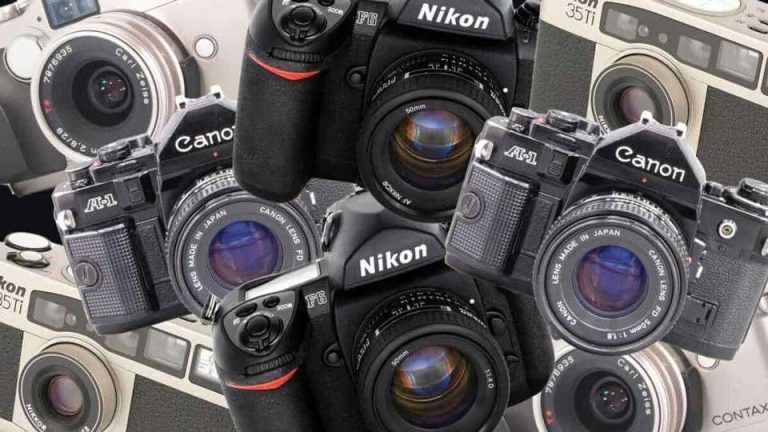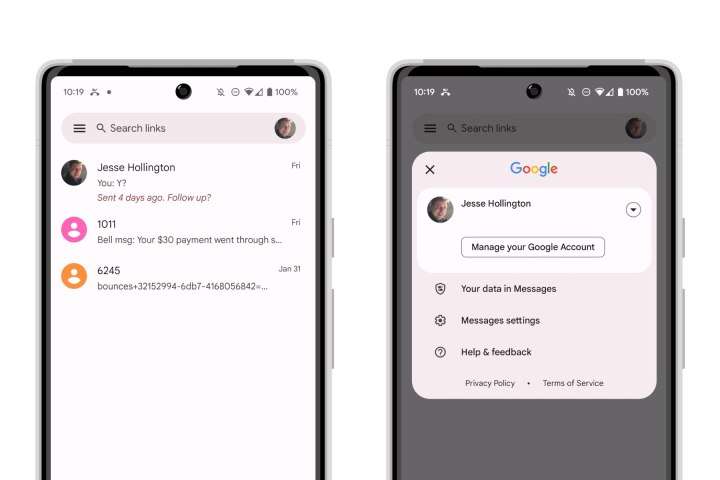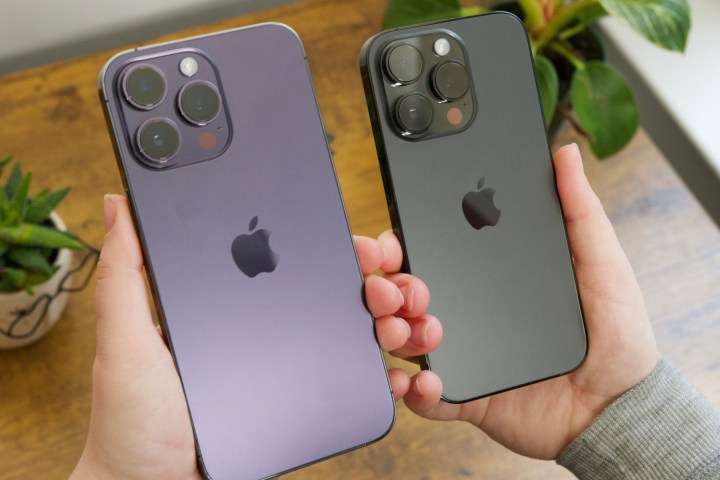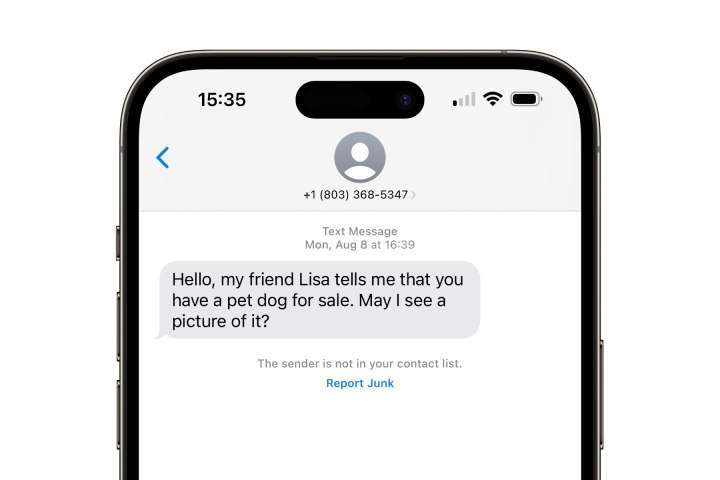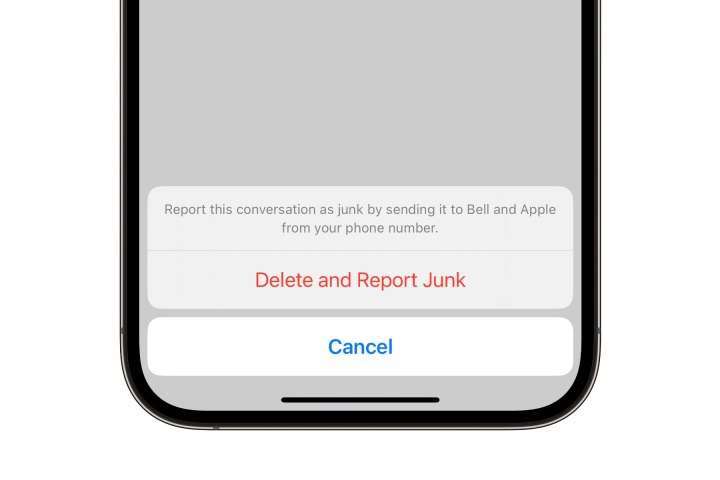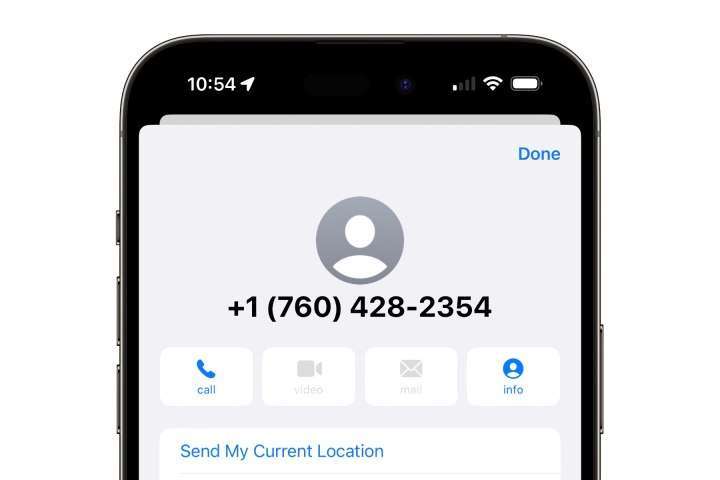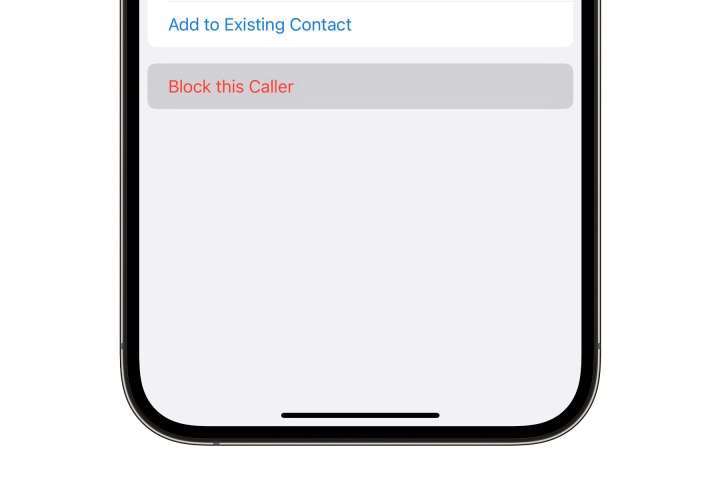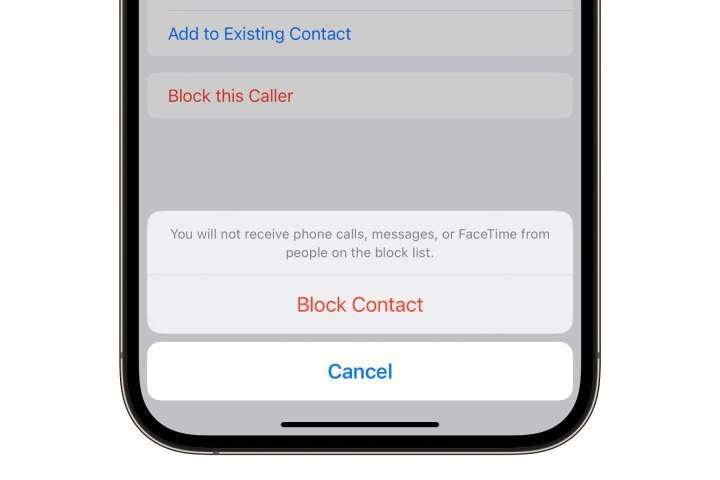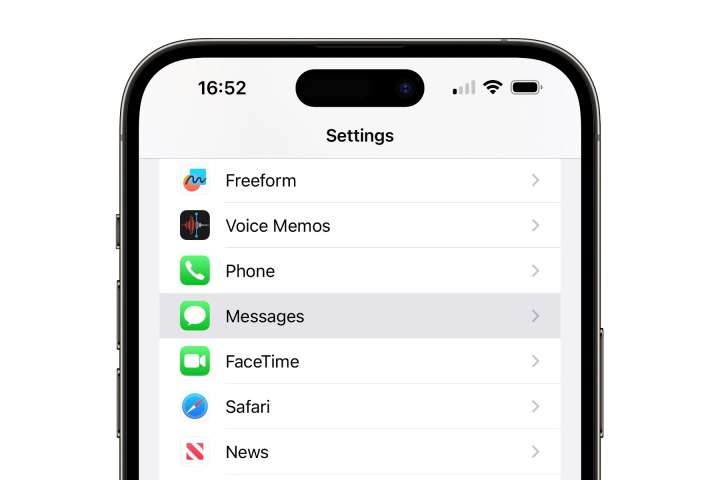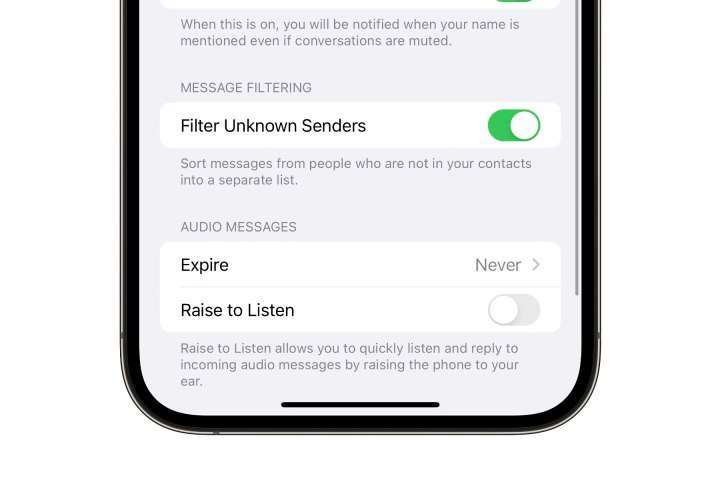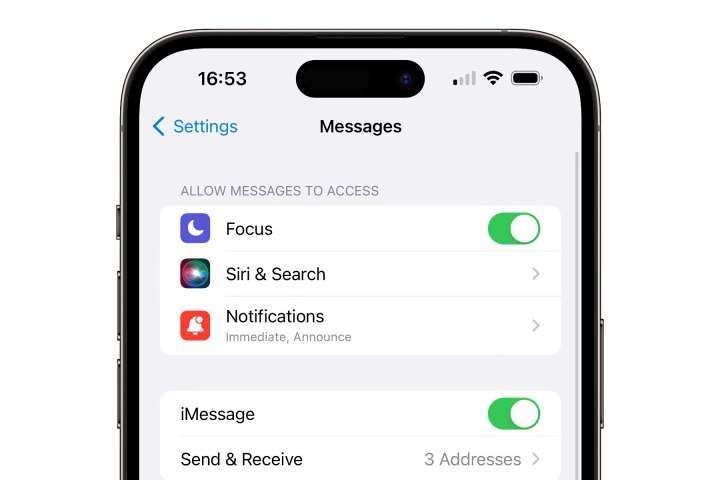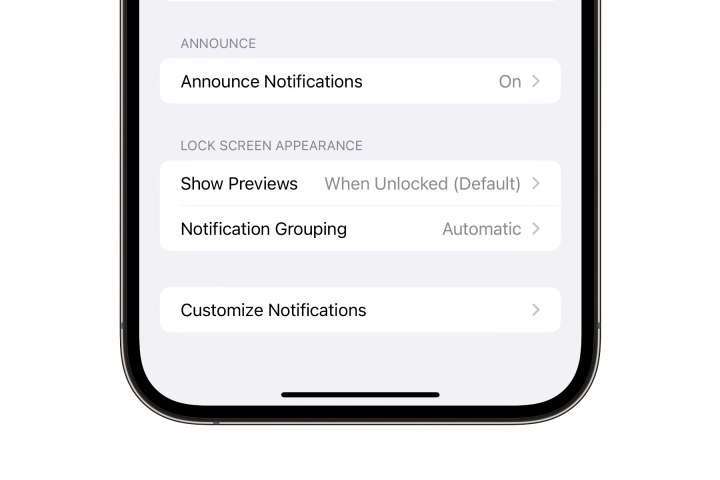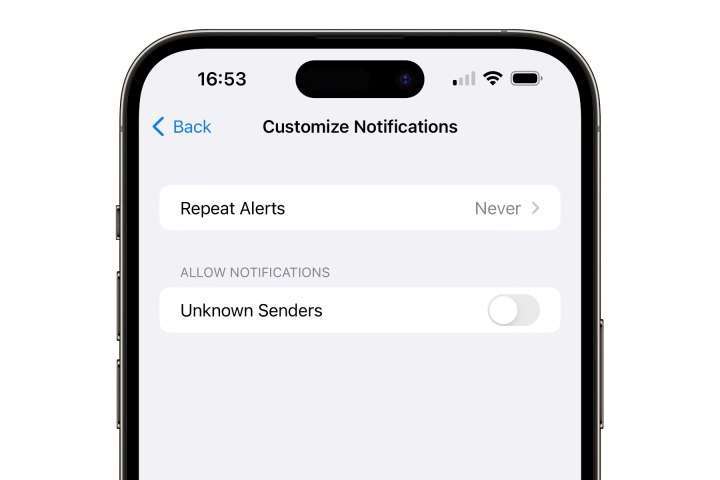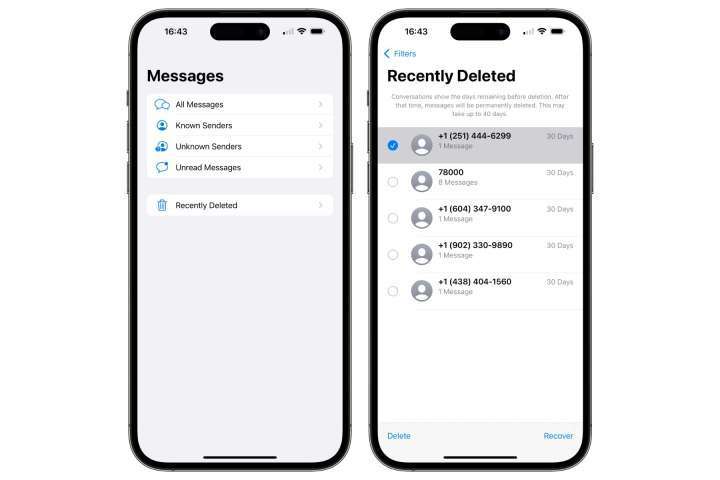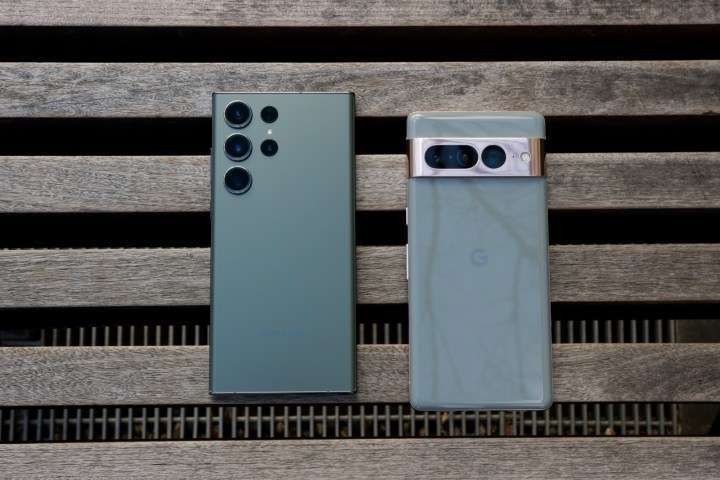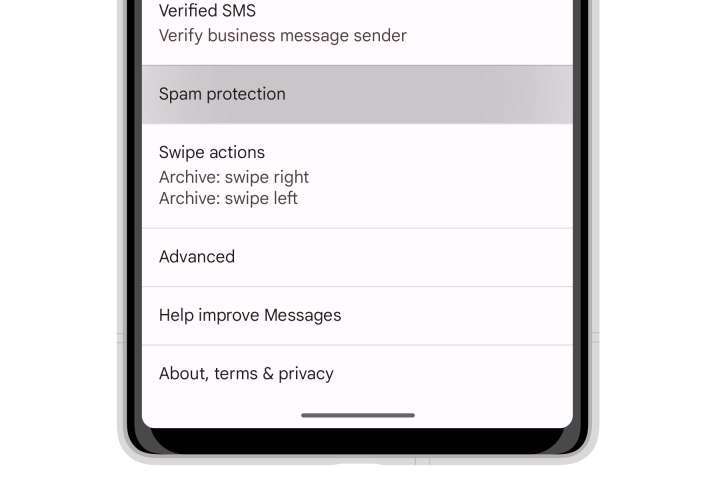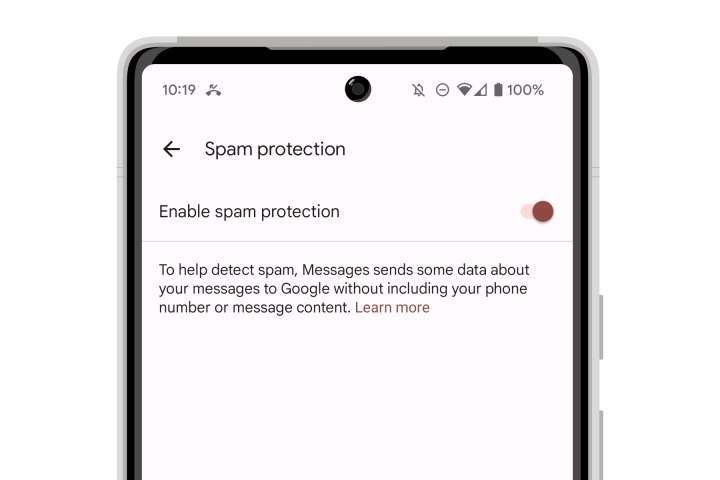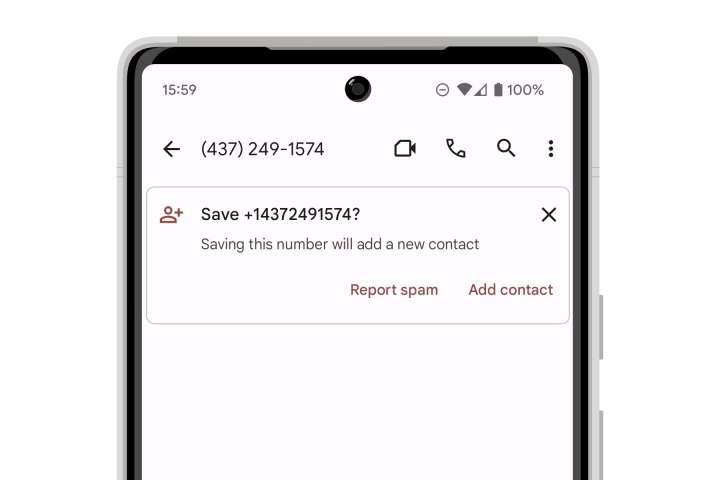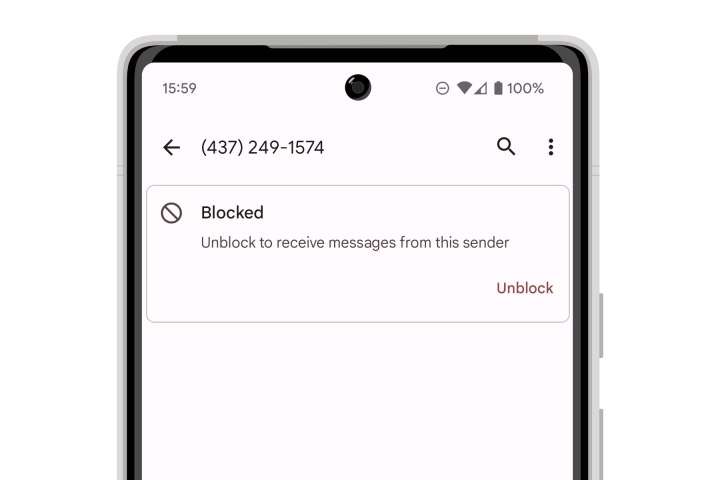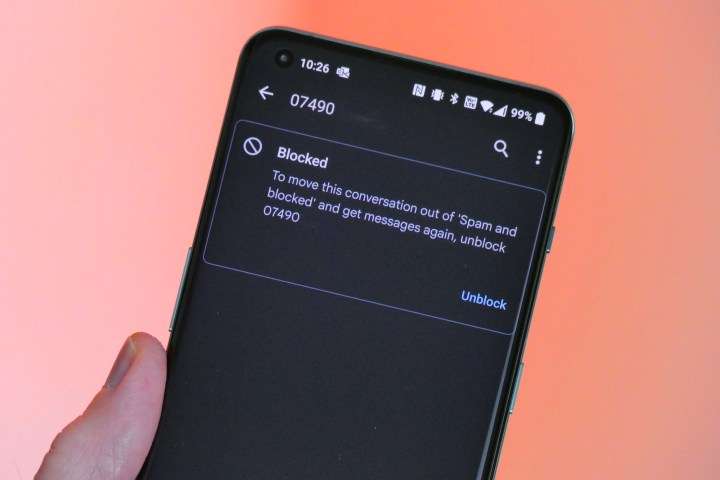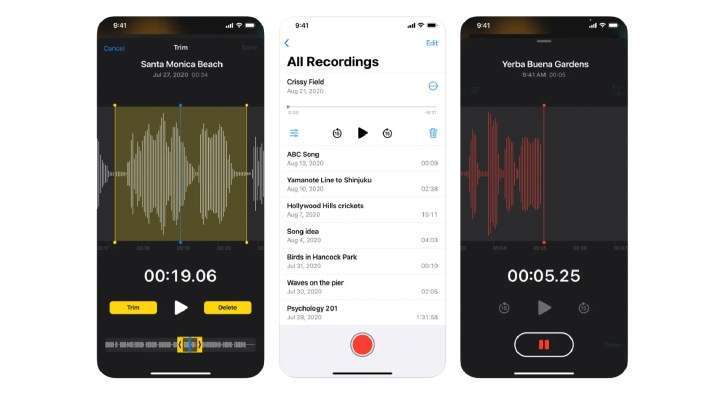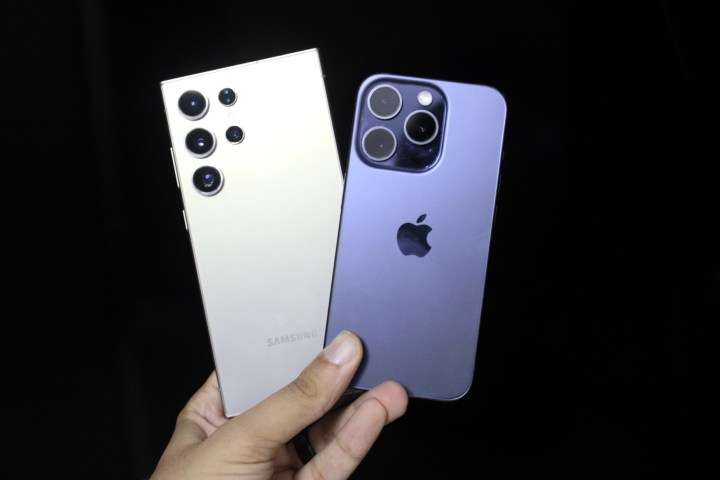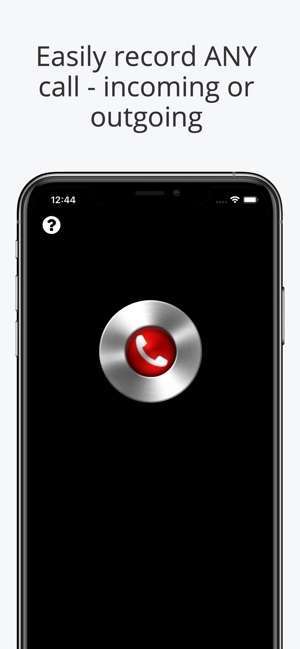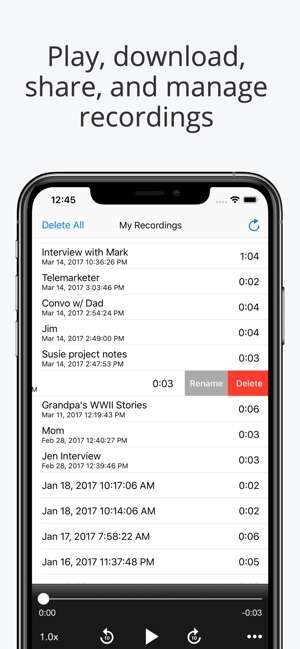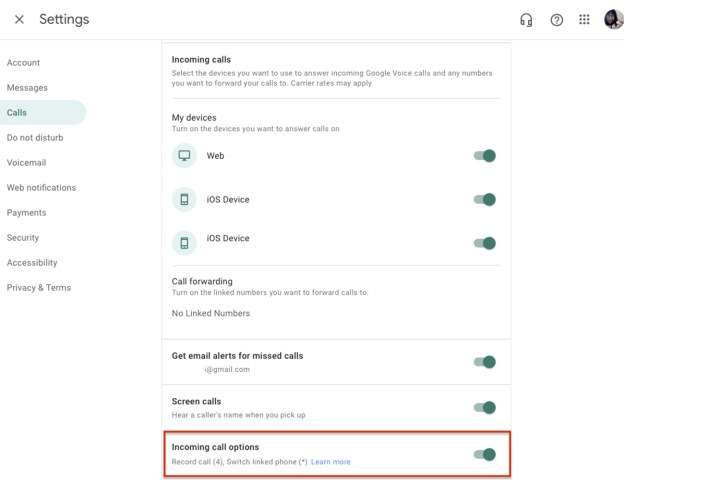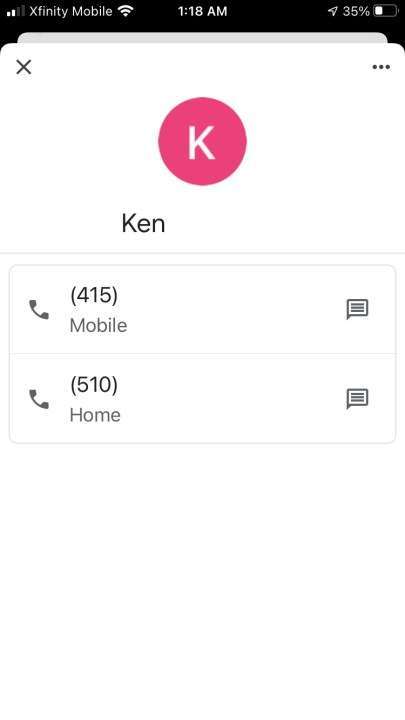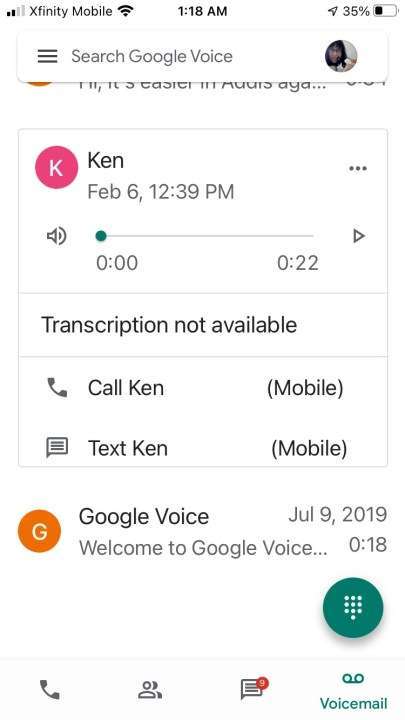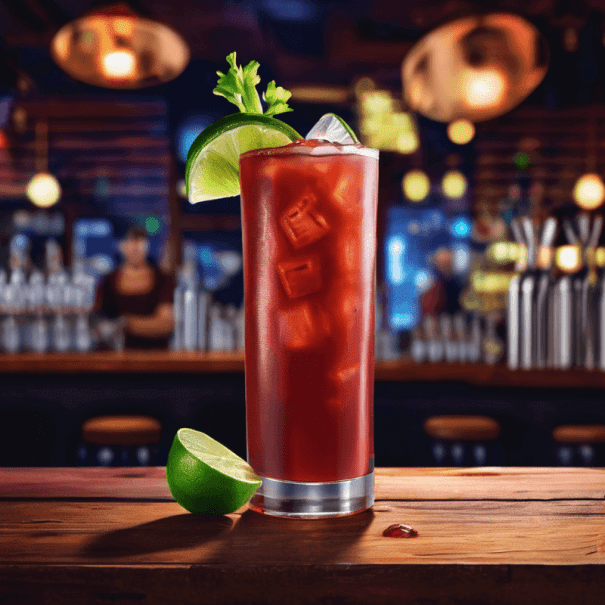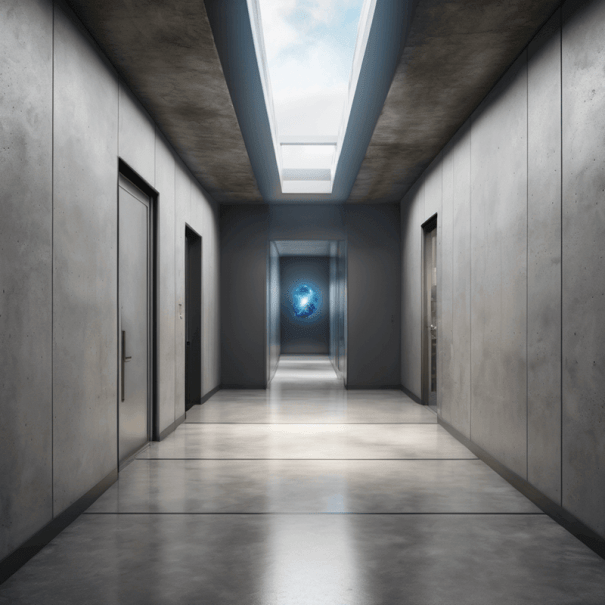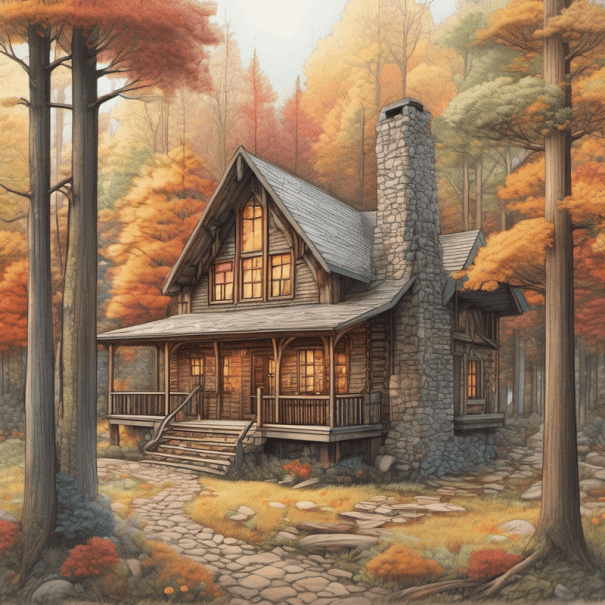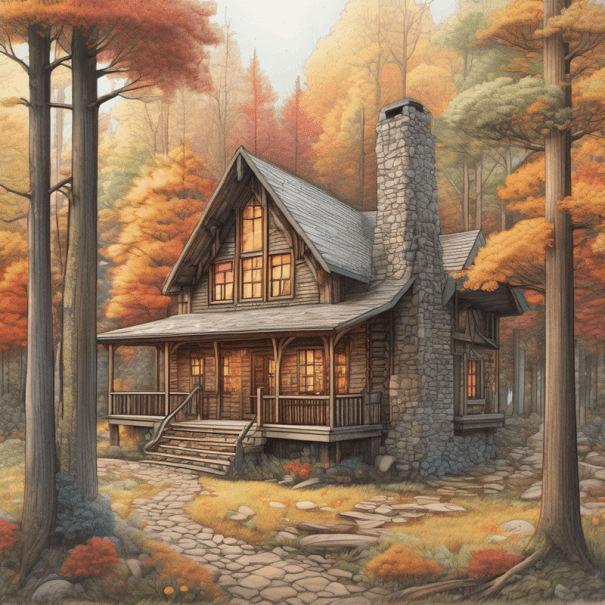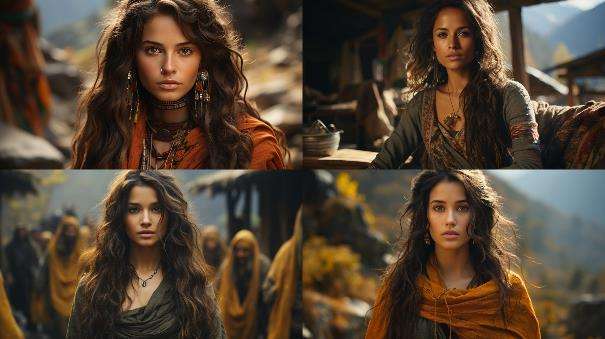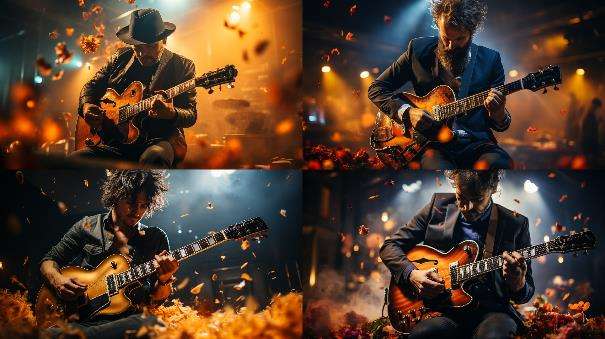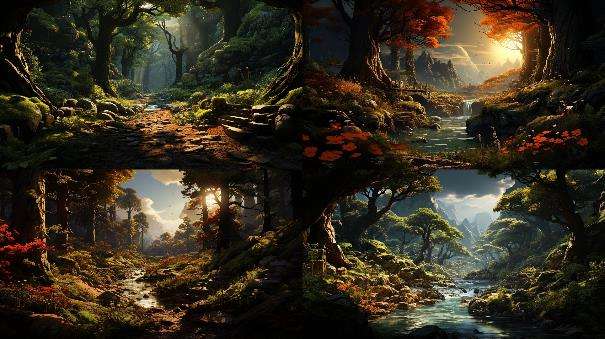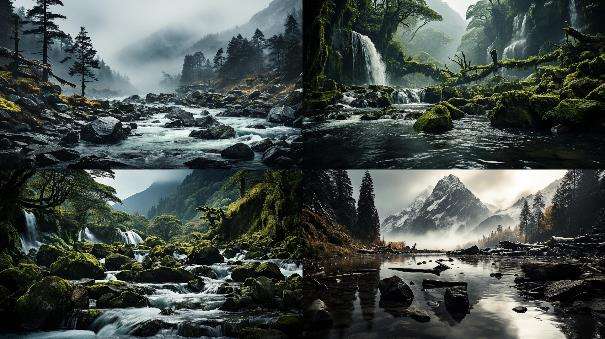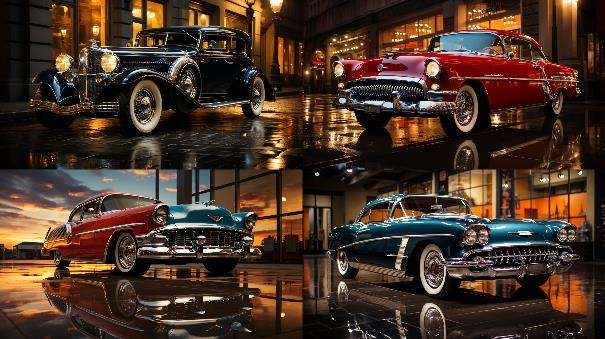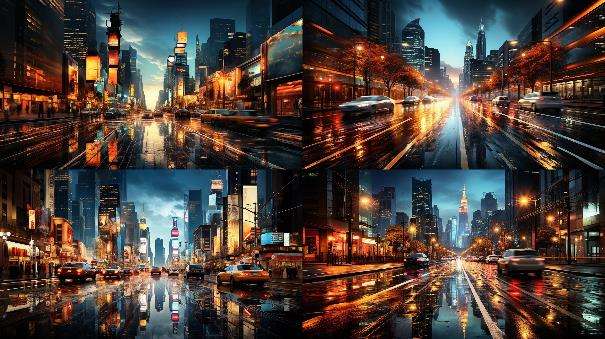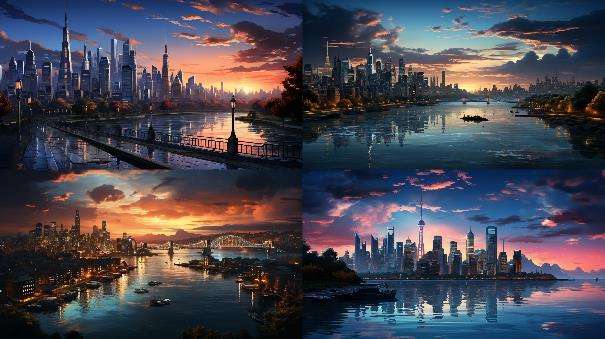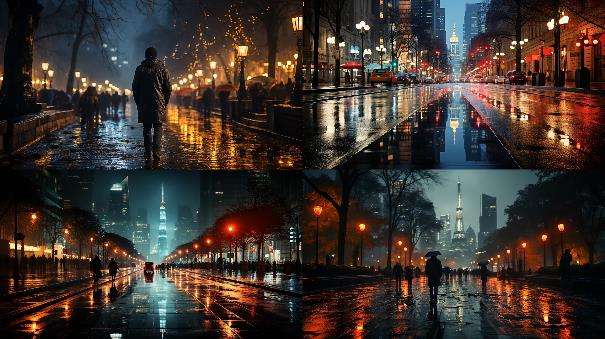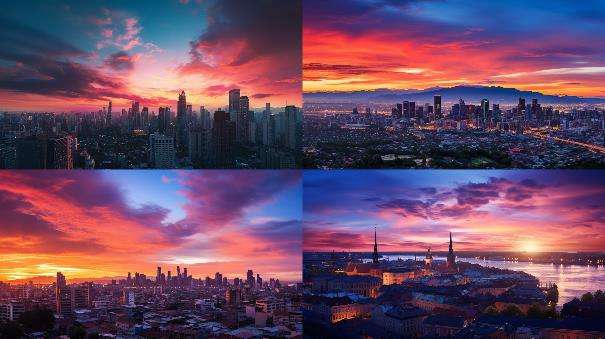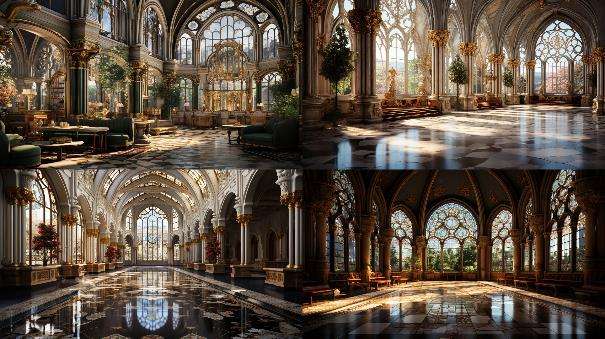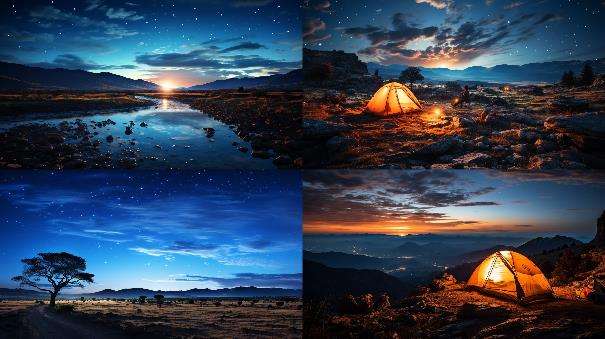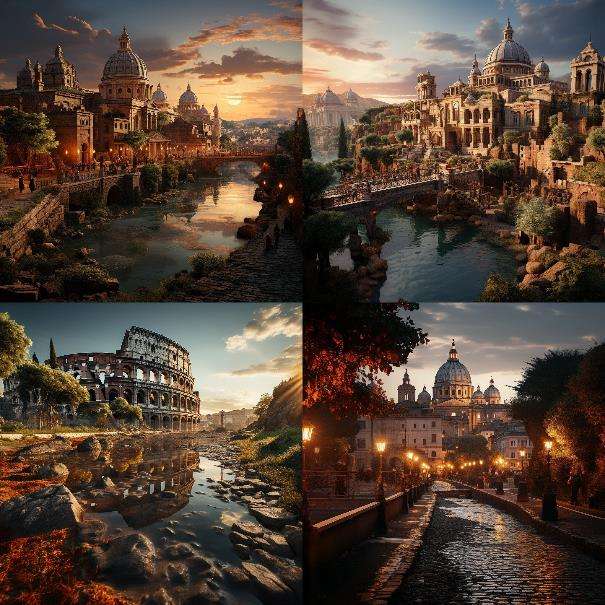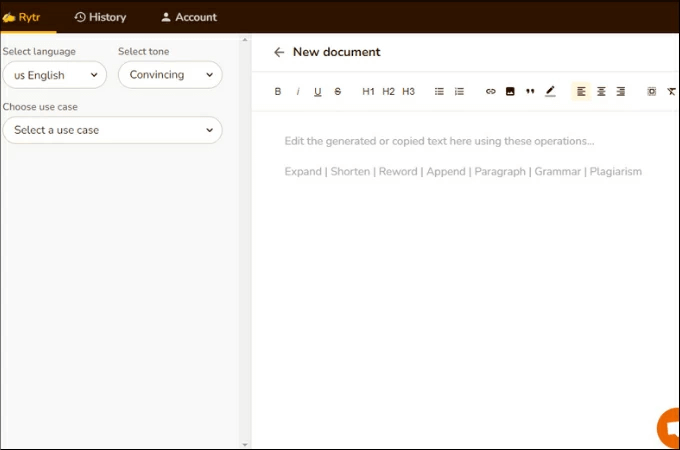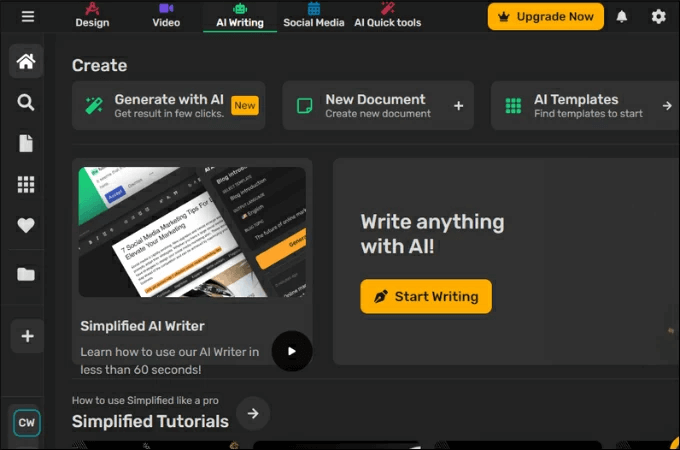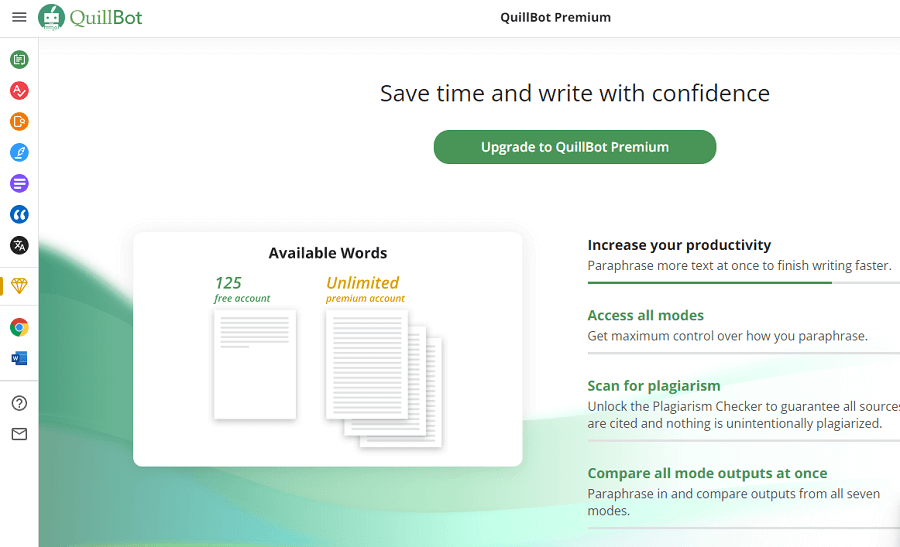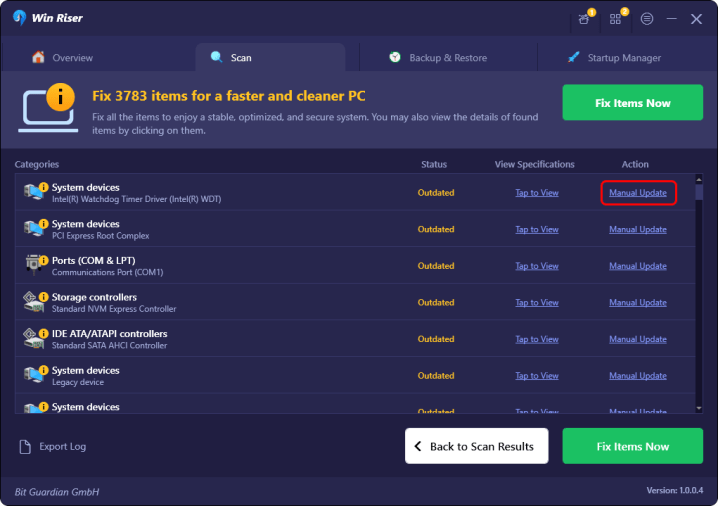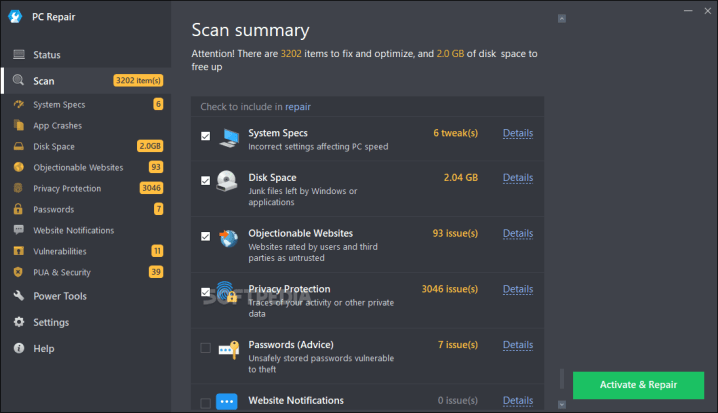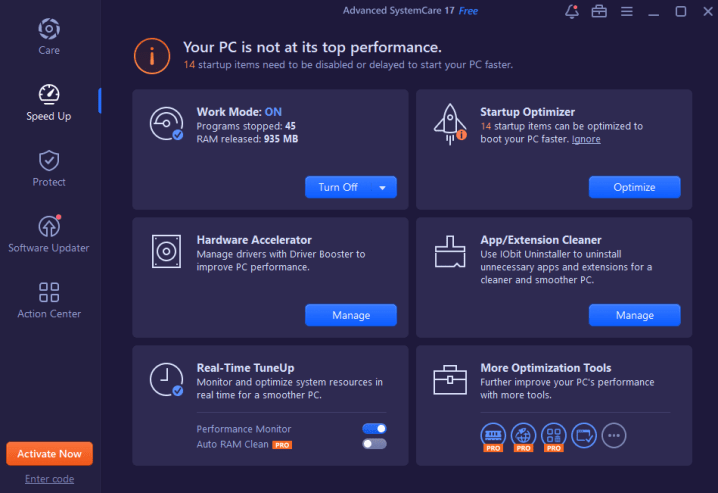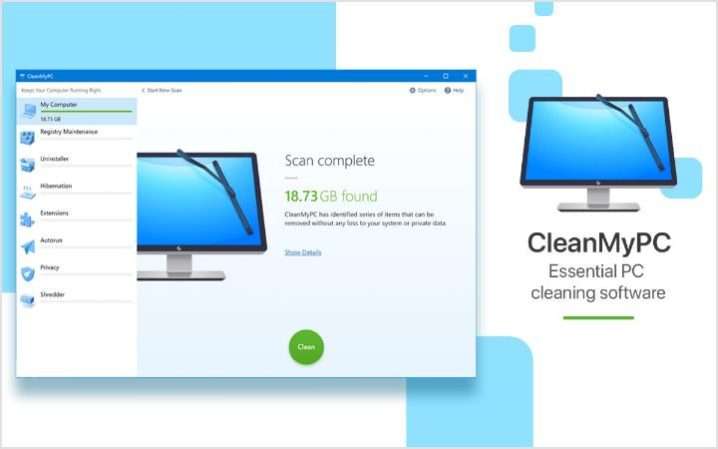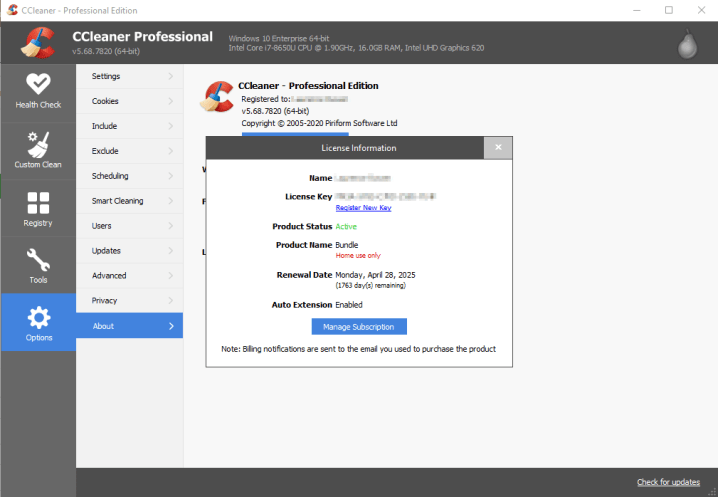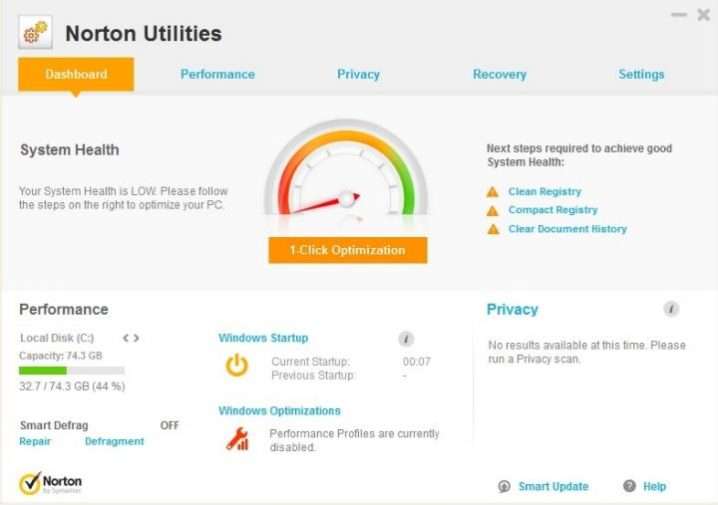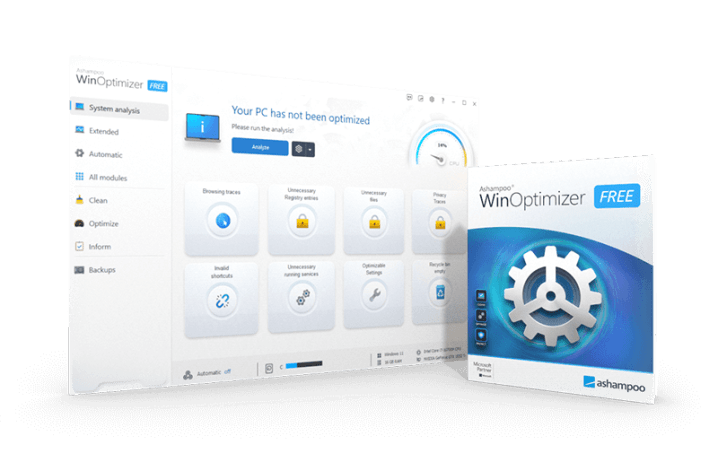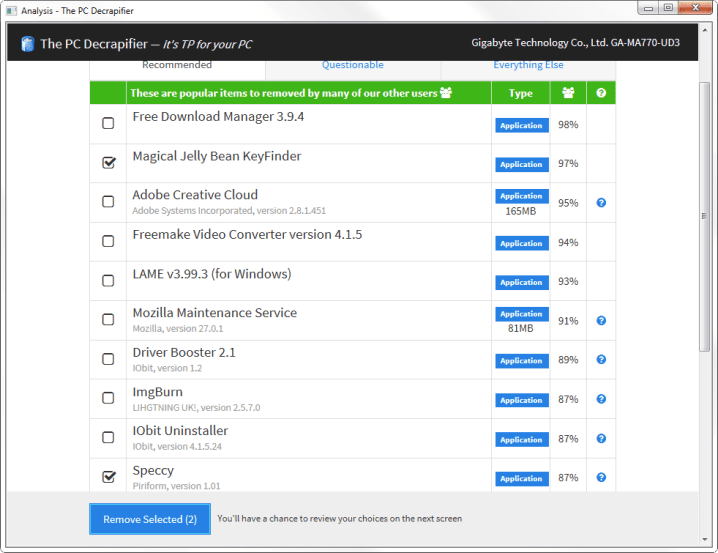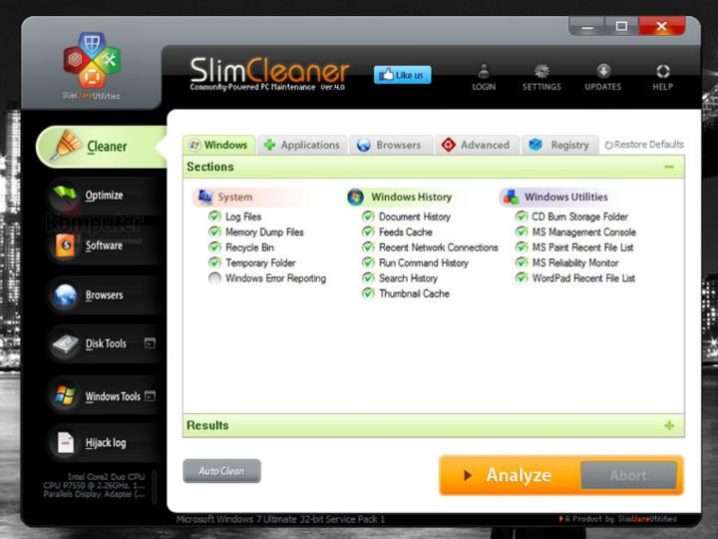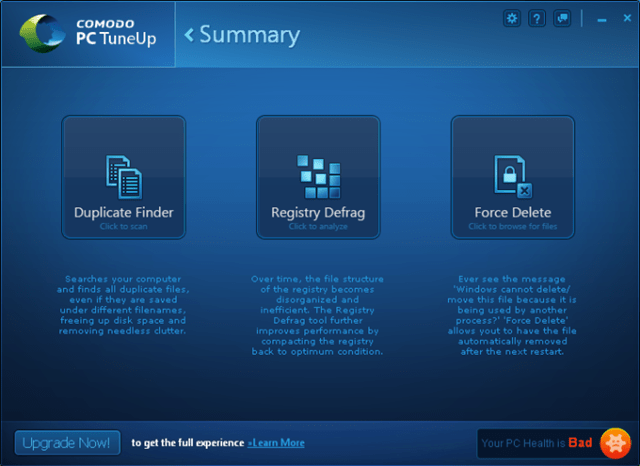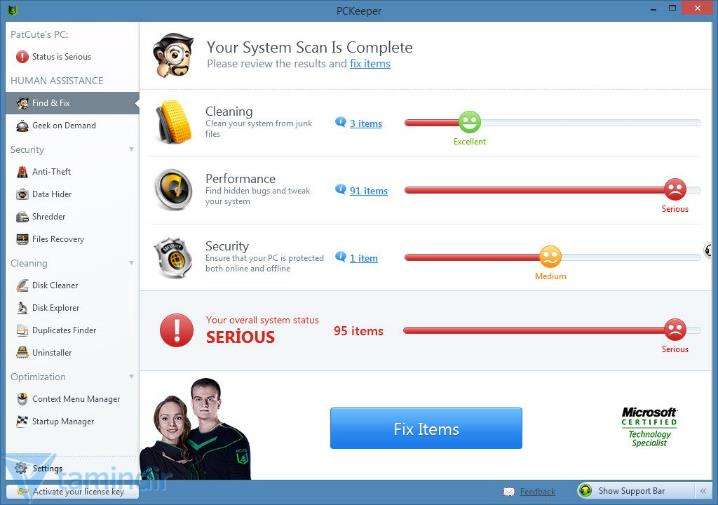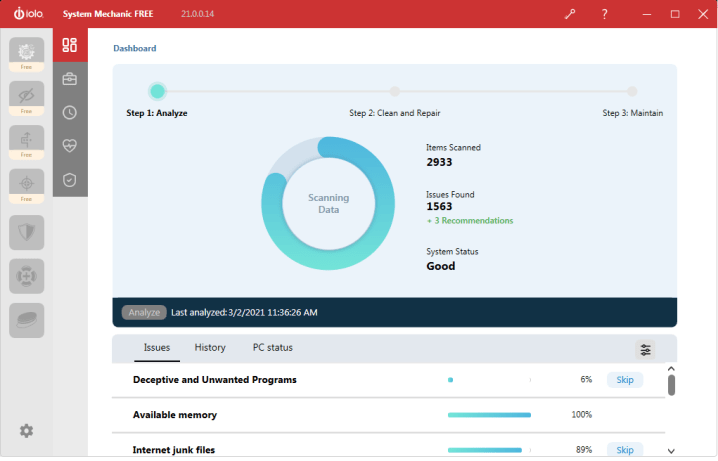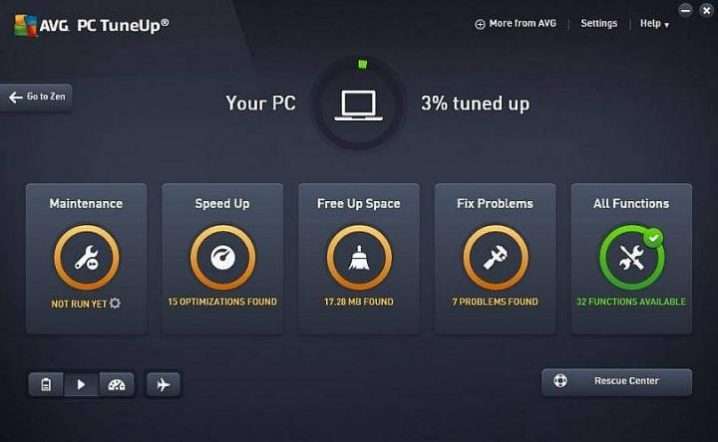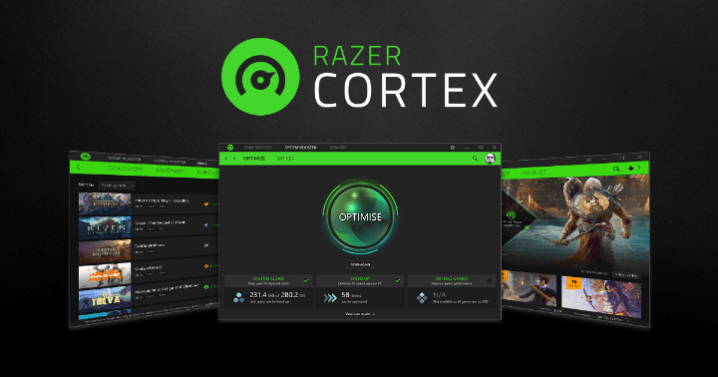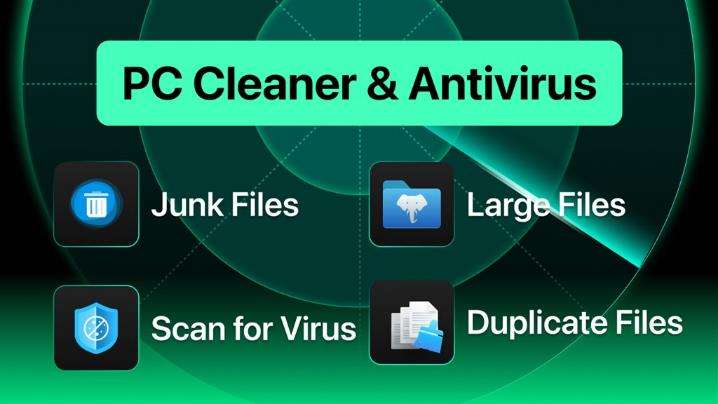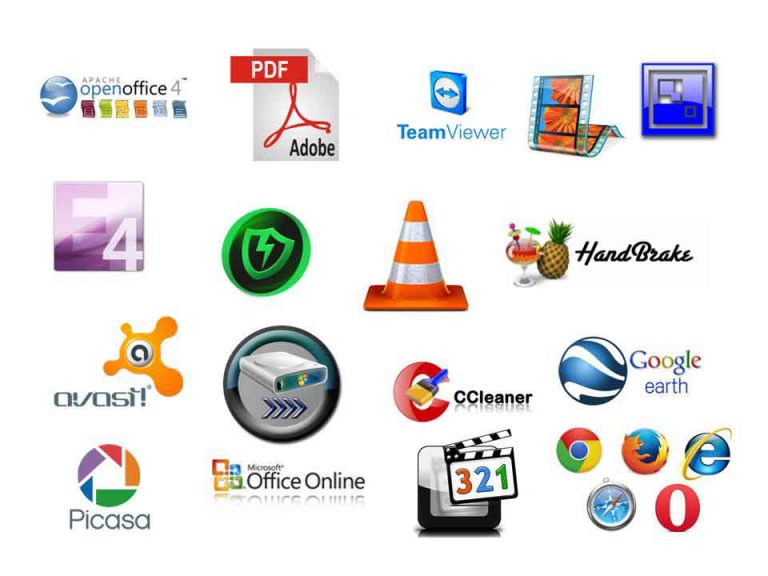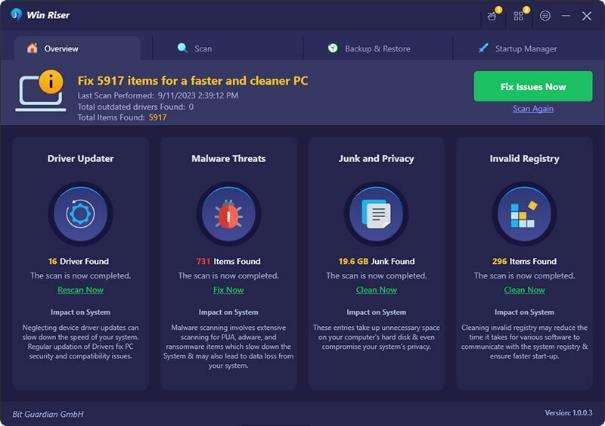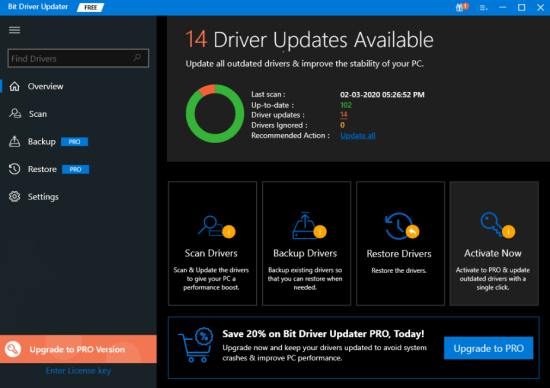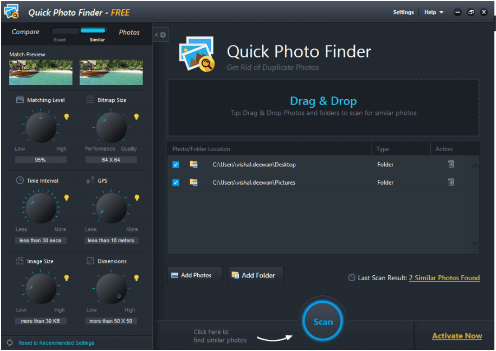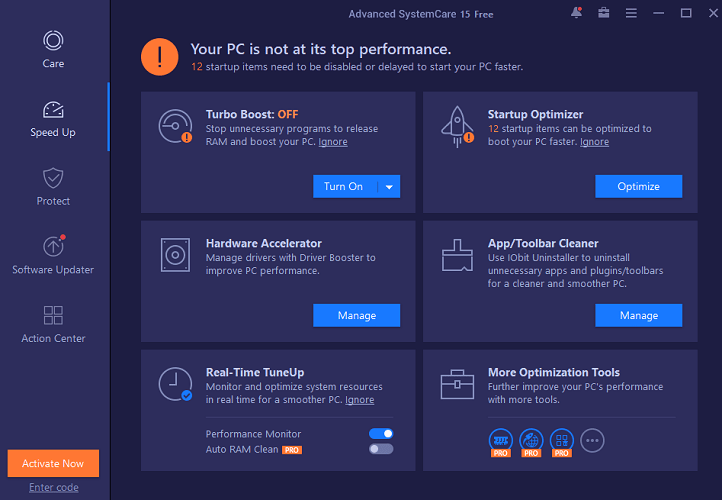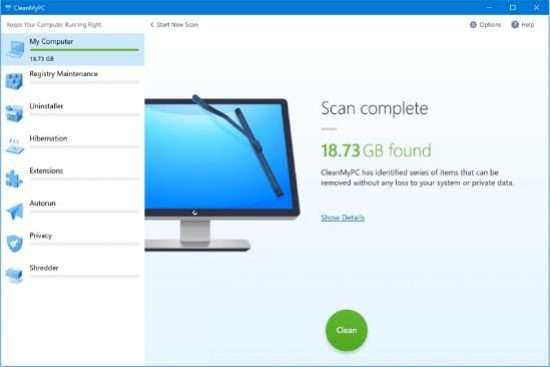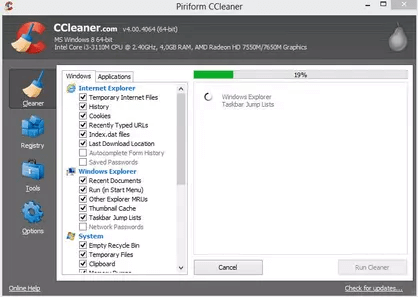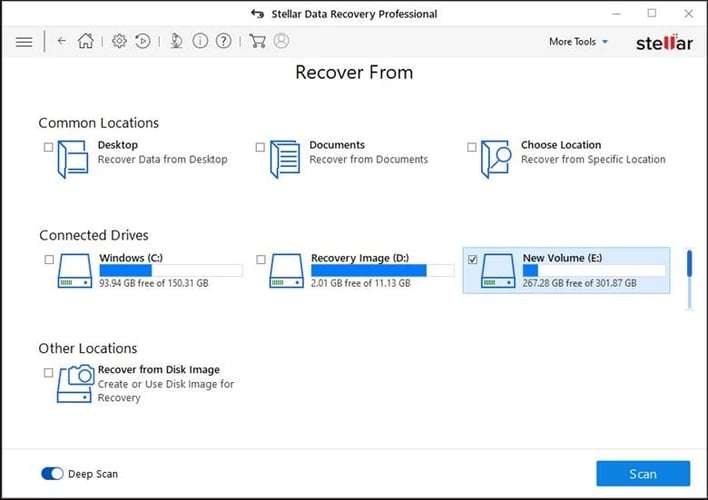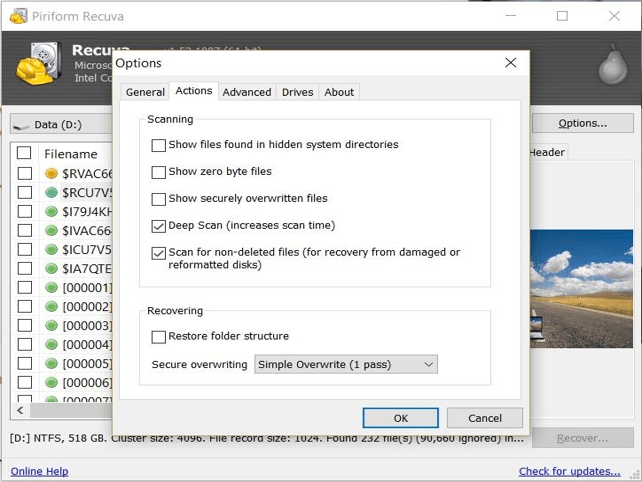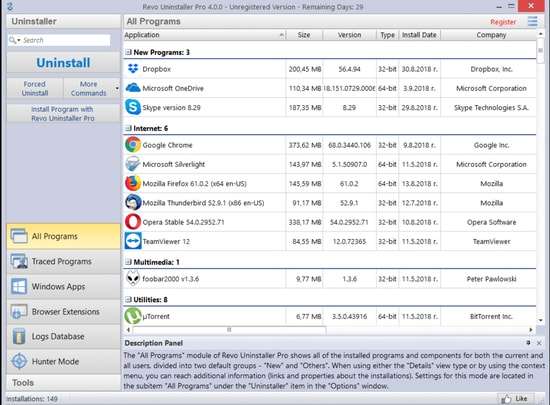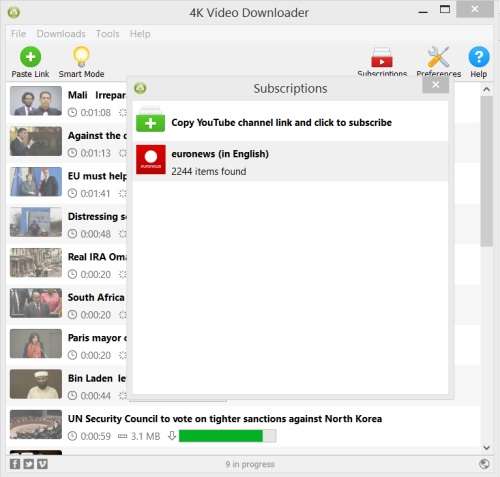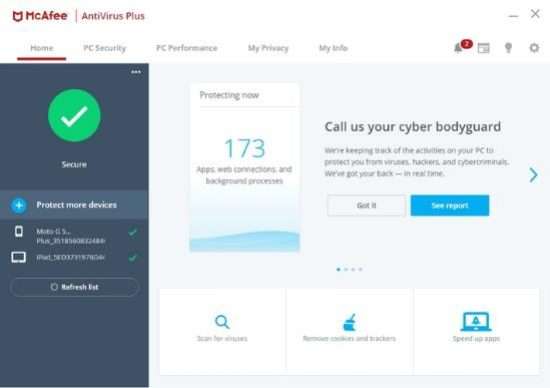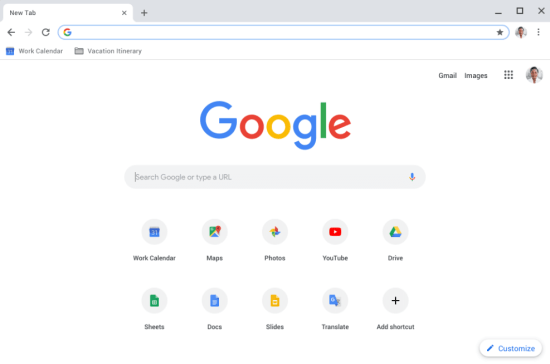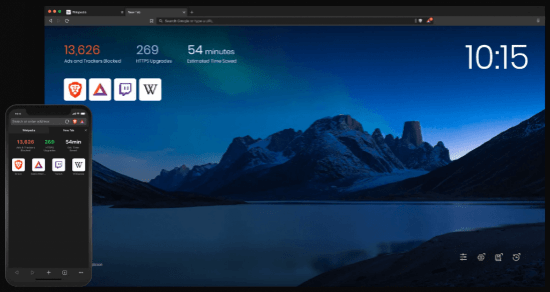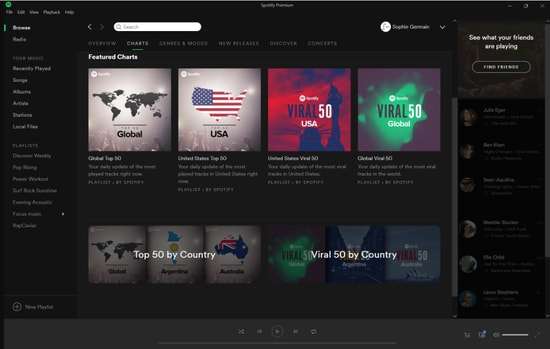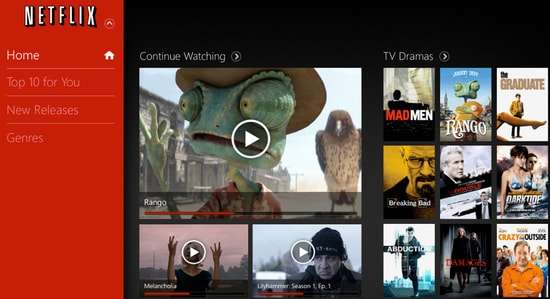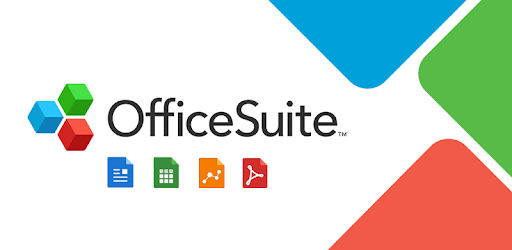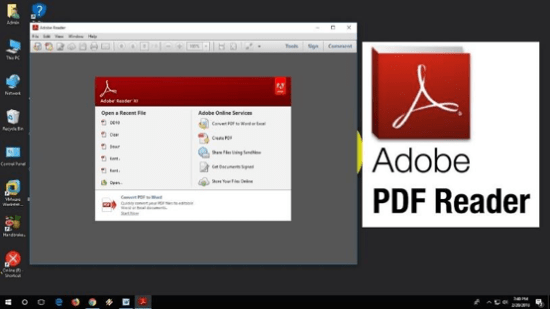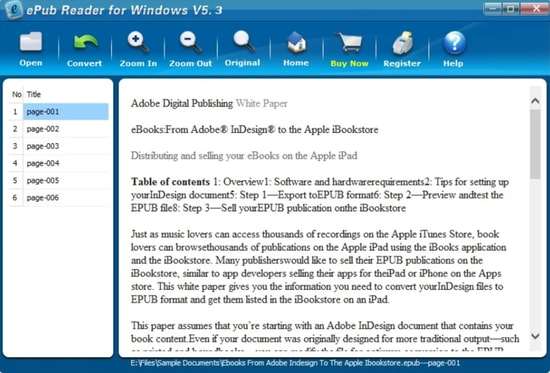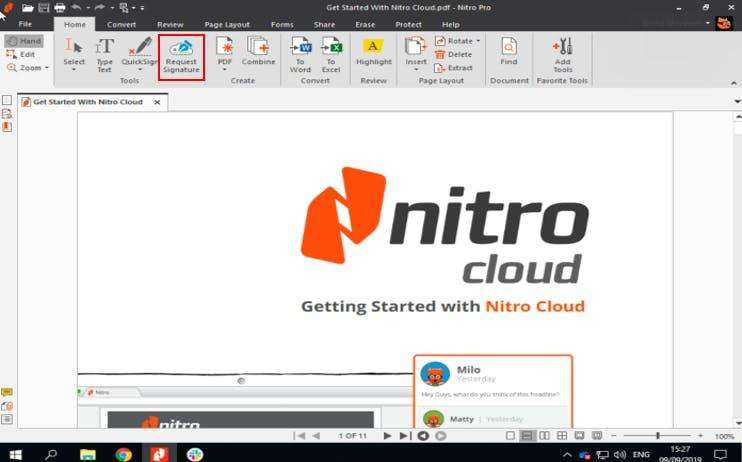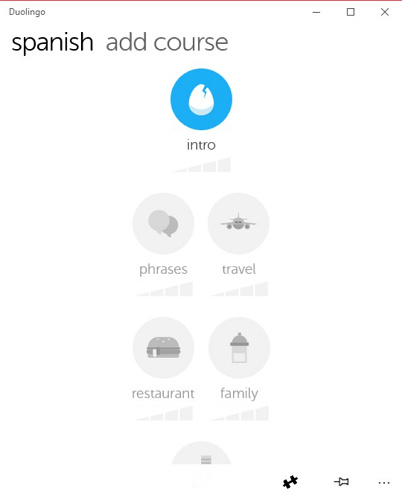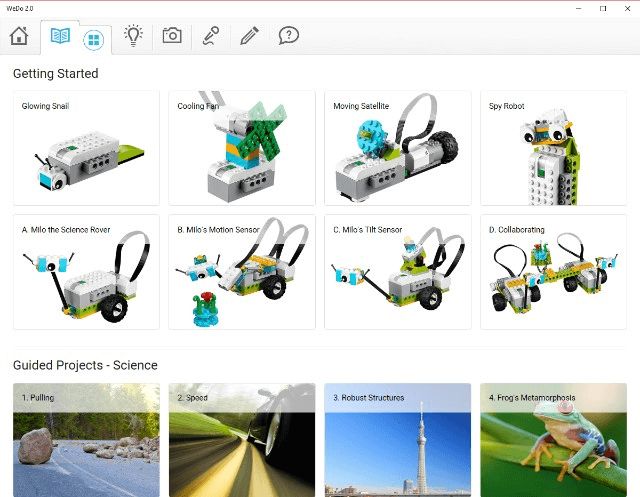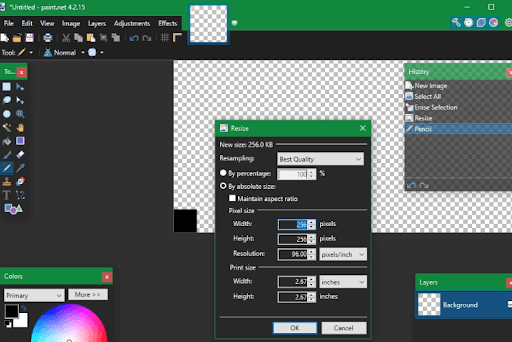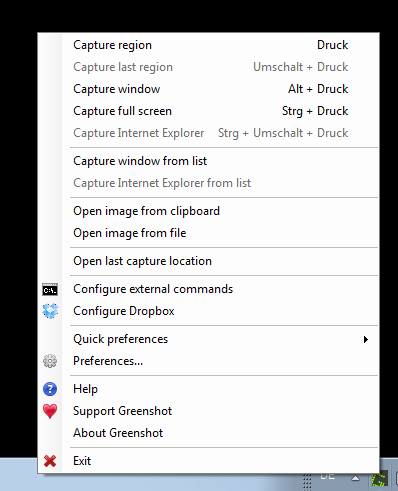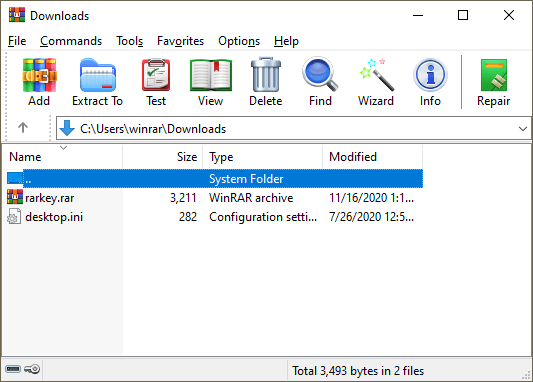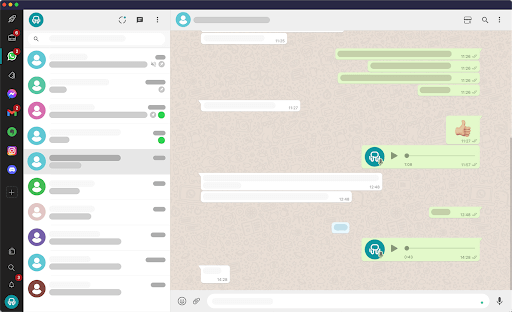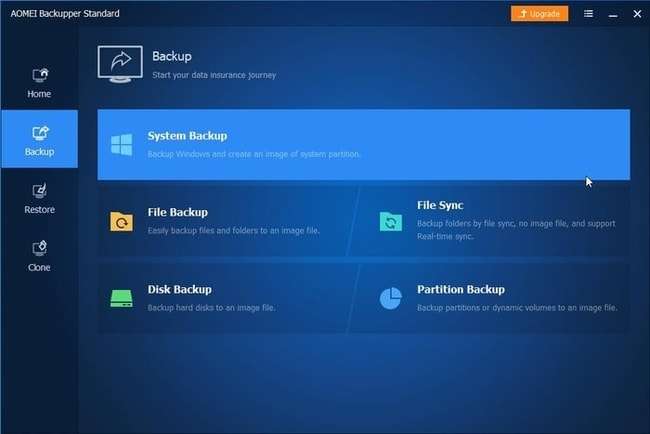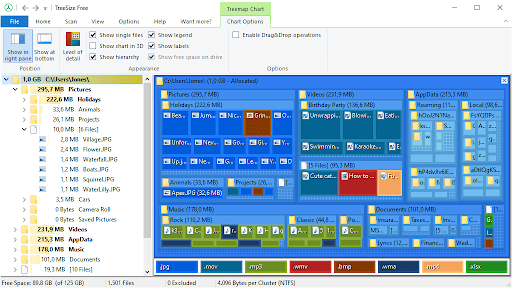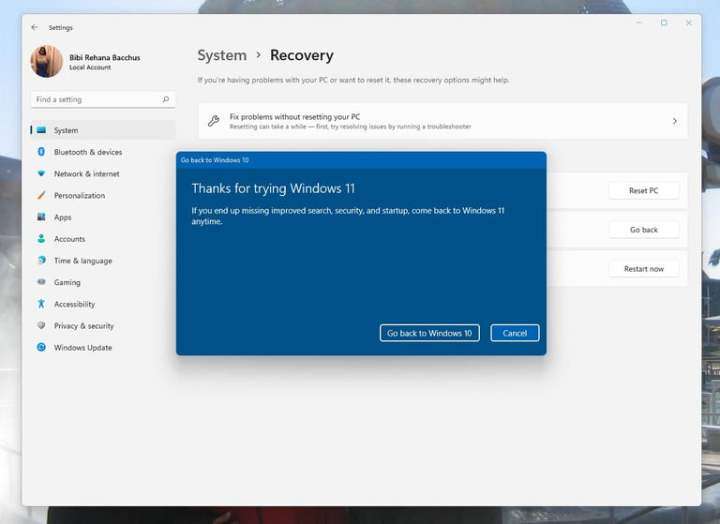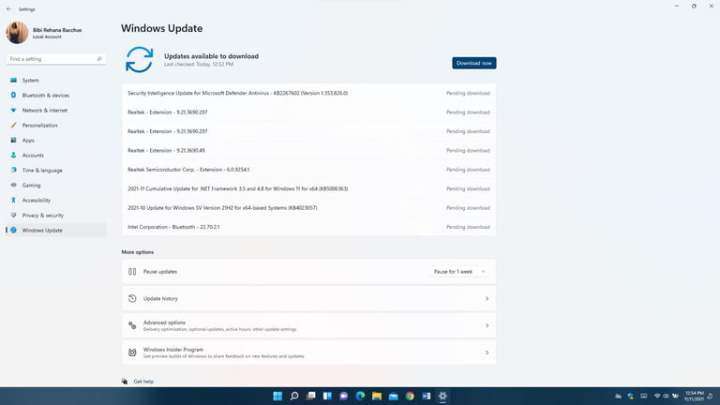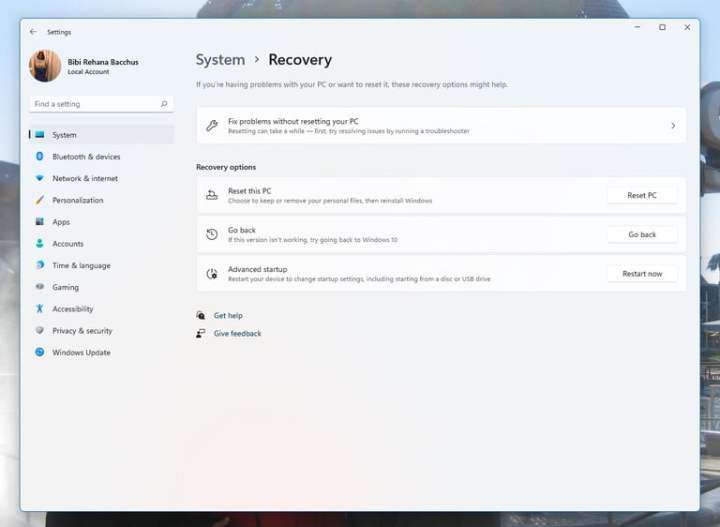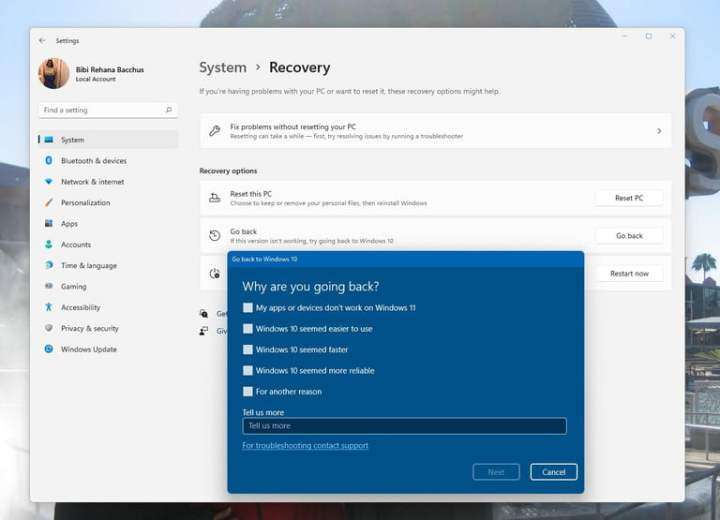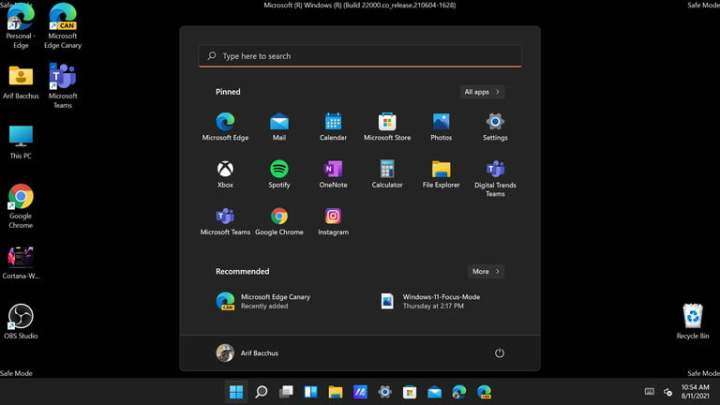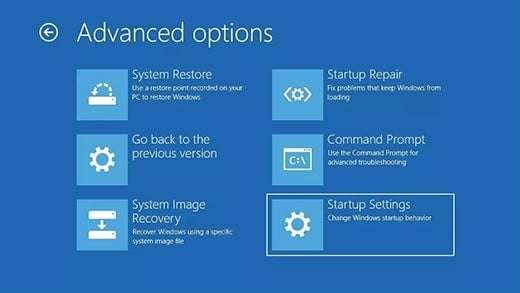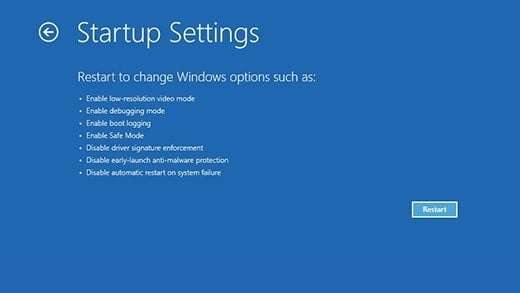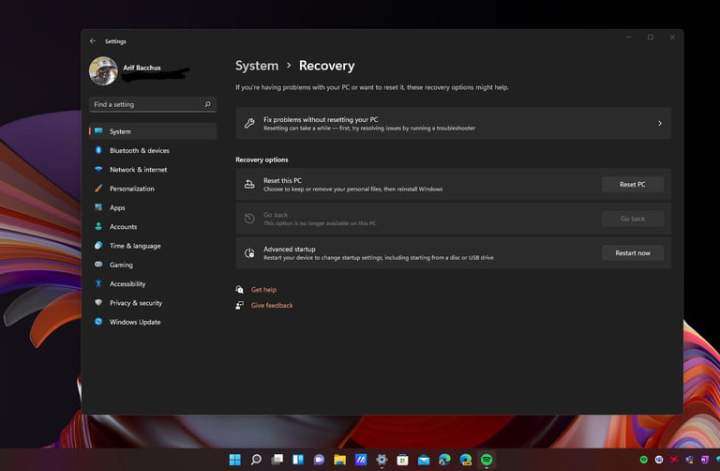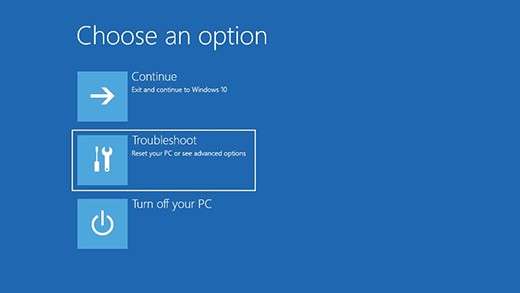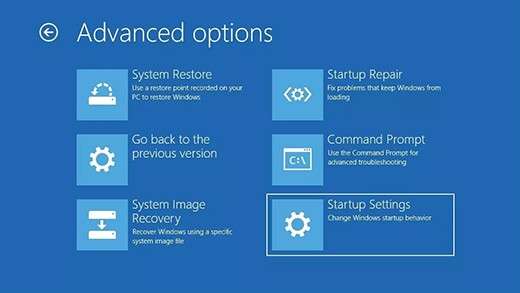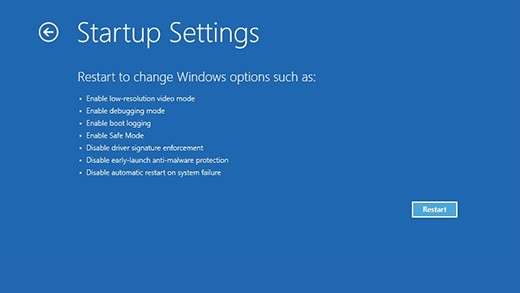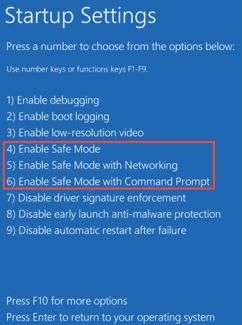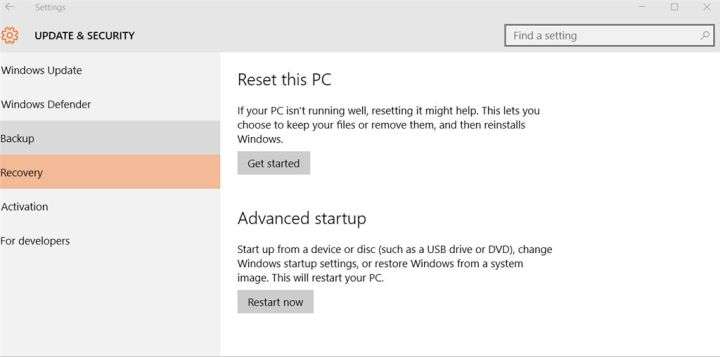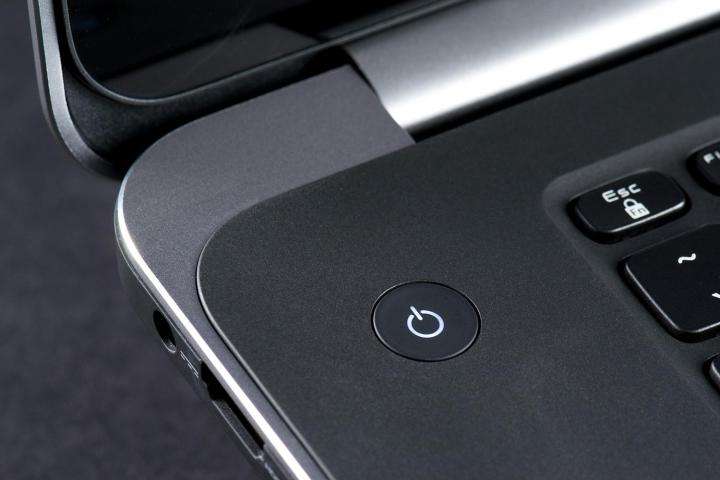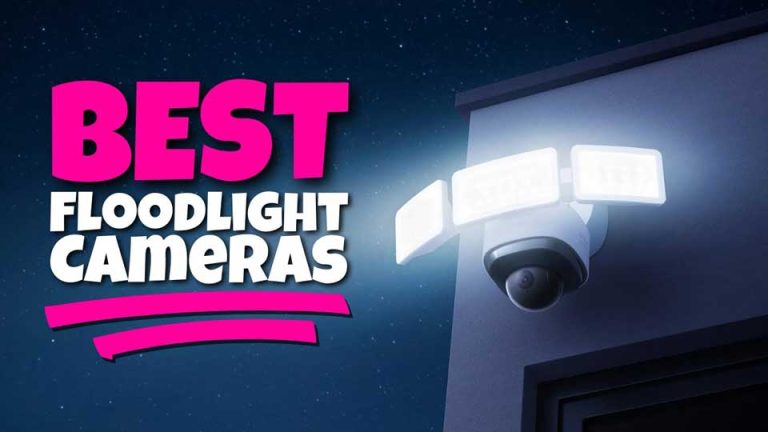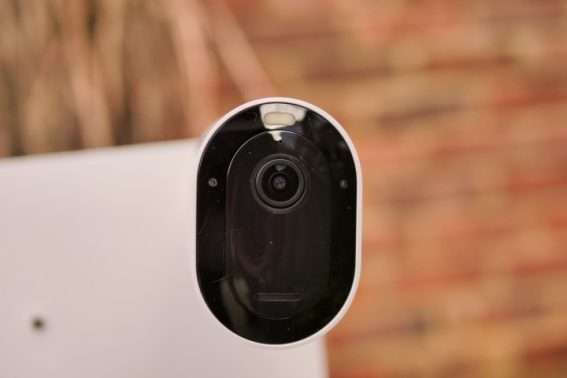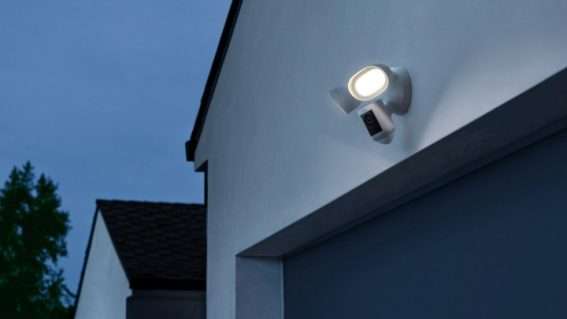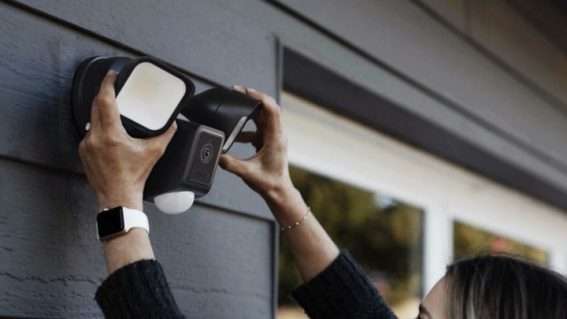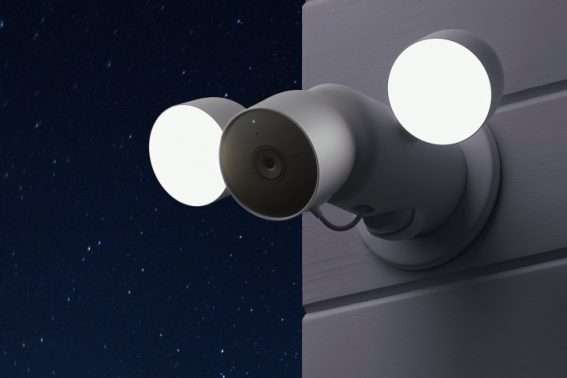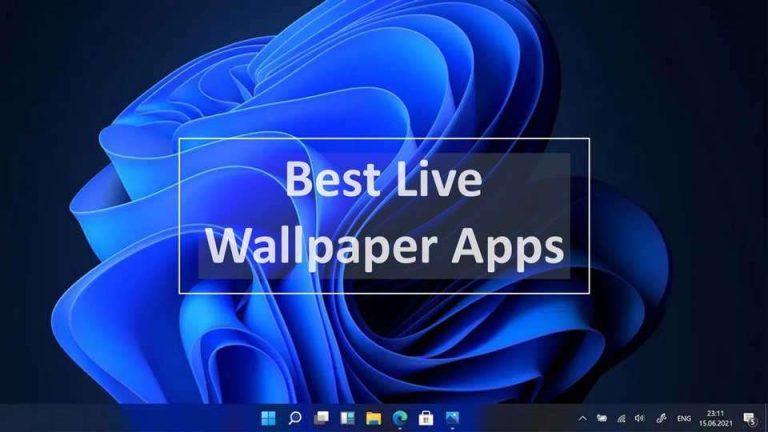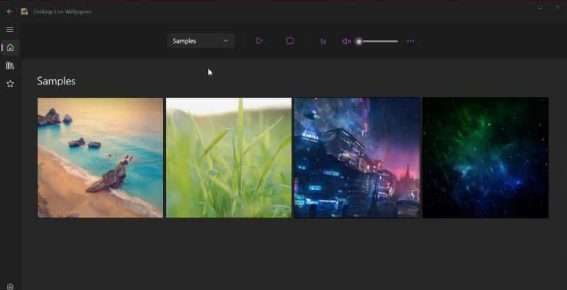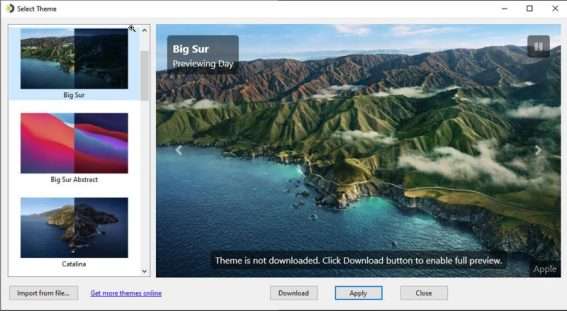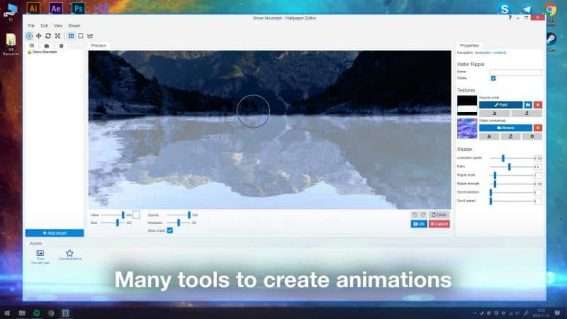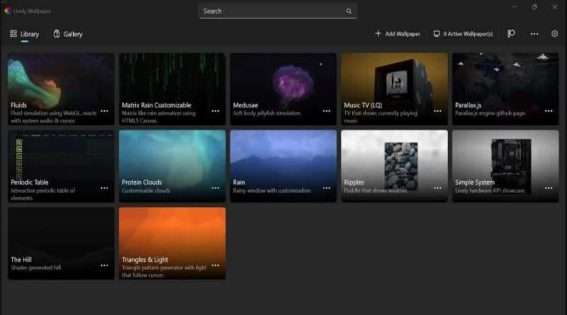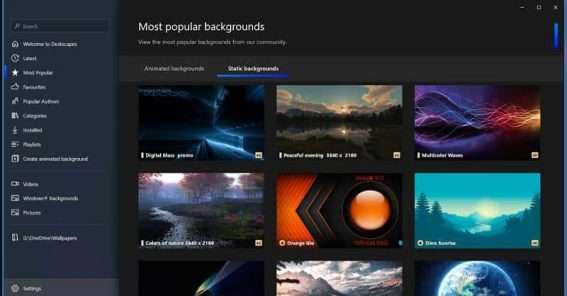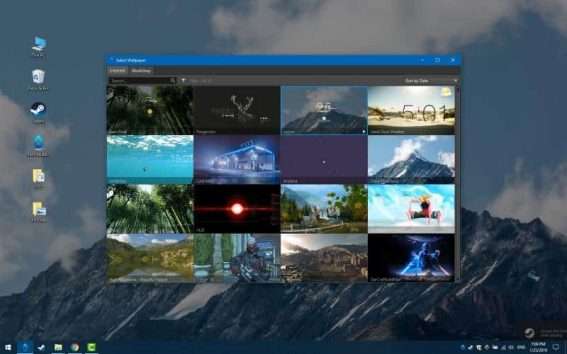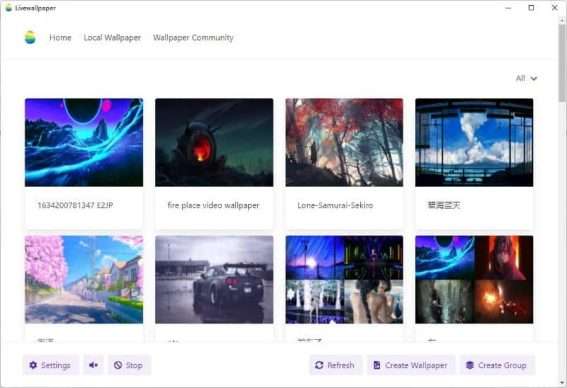Here are the best cameras for the money, including our favorite mirrorless cameras, DSLRs, point-and-shoot cameras and more.
Wondering what are the best cameras for your budget? Don’t worry, we’ve got you totally covered.
Before you take the plunge and get shooting though, you need to decide what it is that you want and, perhaps more importantly, what you need. Cameras come in a variety of different form factors, sizes and prices, ranging from $100 for casual cameras all the way up to $10,000 for pro-level bodies.
Here, we’ve focussed on cameras up to around the $2,500-3,000 mark. That’s not to say, however, that for that money you won’t get a fantastic camera. Indeed, many camera bodies up to and at the $2,500 are more than enough even for professional use, so will certainly suit enthusiasts.
Within this budget, there are also still a huge range of options, allowing you to select the perfect camera for your needs, whether it be a full frame mirrorless camera which allows you to swap lenses; a DSLR which operates in a similar way and provides similar benefits with a few key differences; point and shoot cameras which feature a lens built in and fit in your pocket; instant cameras for a retro look and experience; or action cameras that will deliver incredible video.
Each model on this list has been tested extensively and evaluated by experts to rate its image and video quality, features, handling and value for money. So you can rest assured that our opinions and recommendations are reliable, and will help find the best camera for you.
Whether you’re after one of the best action cameras, best DSLRs, best mirrorless cameras, or best cameras for vlogging, all you have to do now is read on.
THE BEST CAMERA FOR BEGINNERS
If you’re just starting out on your photographic adventures, these are the cameras to choose. Just because something is a beginner’s camera, that doesn’t mean its bad or will take poor images — usually quite the opposite. Rather, these cameras prioritize price at the sacrifice of features that established photographers tend to want or need. They’ll usually not pack very powerful video features either (although that isn’t always true…)
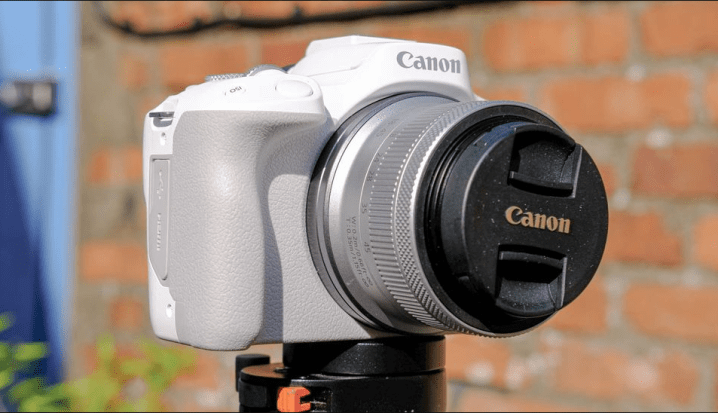
The Canon EOS R50 is our pick for the best camera for beginners. It’s small and lightweight to come with you wherever your new photography or vlogging passion takes you. Meanwhile, it’s well built, so it should last until you’re ready to upgrade in the future.
It delivers beautiful stills, 4K video in 30p, natural colors straight out of camera, and Canon’s ferocious autofocusing system. Indeed, it’s the AF which really seals this camera as the best for beginners, as Canon has essentially packed into the R50 an (only slightly) slimmed down version of the AF found in its high end professional bodies — which is epic. There’s also a flip out screen for vlogging, a dedicated product mode for demos and great vlogging and beginner kit options.
As with any beginner camera, there are a few compromises. It’s a little pricey for a beginner body, and this is because realistically it isn’t aimed at total newcomers. However, we think the features the R50 packs warrant the extra spend over the actual Canon entry-level body, the EOS R100, which is very basic. It could do with a few more direct controls on the body and when shooting at maximum resolution, the camera did start to overheat. None of these things change the fact that this is still a really great starter camera that will last you a while!
The best cameras in 2024
Read Also : How to stop spam texts on iPhone and Android phones 2024

Fujifilm makes a range of cheaper cameras, but we’d recommend the X-E4 as the best camera for beginners wanting to enter the Fuji lineup. The X-E4 is a beaitiful camera to look at, with its retro aesthetic and trademark Fuji dials.
Its compact design and rangefinder layout make the X-E4 a great camera for street photography — even if you’re more experienced, it’s still a fantastic street camera — especially when you bear in mind Fuji’s lineup of compact APS-C lenses. There are also Fuji’s legendary film simulation color profiles, many of which lend themselves to street photography. Images produced by the 26MP sensor are beautiful, and the classic dials result in a more traditional experience when shooting. There are very few controls on the body of the X-E4, which can make for a challenging experience, but this all adds to the fun.
There’s no IBIS (although that is expected in this price range) and the battery life isn’t great, as the X-E4 still uses Fuji’s older NP-W126S battery, so you’ll want to buy a spare battery (thankfully third party ones are cheap).
There are cheaper Fuji cameras out there, but we think the X-E4 is the best balance of cost and features.
3. Nikon Z 50

The Nikon Z50 isn’t a full-frame mirrorless camera like the Z6 and Z7 models, but it’s available at a much cheaper price of around $850 (body only) and comes in a much smaller package, making it a great choice for Nikon fans who don’t want to spend upwards of $1,000.
It offers a solid feature set including a 3.2-inch touchscreen that flips down by 180-degrees and a sharp 3-inch electronic viewfinder, and its 20.9MP stills are detailed and colorful. It’s a fine performer in low light, too, handling noise well up to ISO 6400. The lack of in-body image stabilization counts against it, as does a low CIPA battery rating of only 300 shots. But otherwise it’s an impressive option that’ll give you space to grow as a photographer.
So, you’re taking your photography a little more seriously now? Perhaps you’re upgrading from a beginner camera or older camera. The enthusiast/intermediate market section is wide, so prices can vary. In general, they won’t cost you as much as fully-fledged professional cameras, but have the specs to be used professionally if you needed to. They’re a long-term camera that’ll last you a long time and will take your photography to new levels.

The Fujifilm X-T5 is the best mirrorless camera for enthusiast photographers. It may look and feel retro, but under the hood it boasts Fujifilm’s latest 40.2 MP X-Trans CMOS 5 image sensor and X-Processor 5 pairing. The high resolution sensor delivers outstanding image quality and leaves plenty of flexibility for cropping or large-format printing. With so many megapixels to play with, a manual shutter speed of 15 fps and electric shutter speed of 20 fps is impressive.
However, in testing, the X-T5’s buffers filled very quickly due to the lack of CFExpress ports, so you wont be able to utilize those faster shooting rates for long. Nevertheless, with a deep-learned AI autofocus system, the X-T5 will be able to keep up with even fast-moving subjects.
The ISO range is expandable to 51,200, and while its noise suppression is effective (it has to be when packing this many pixels onto an APS-C sensor), it does lead to an artificial smoothing effect and a loss of detail in images shot at higher sensitivity.
Still, we came away with usable images even at ISO 12,800. Strong light metering and a range of Fujifilm’s beautiful color simulation profiles helps the X-T5 offer users a quality result without the need to be a post-production master, while its compact and lightweight design and 5-axis IBIS make it an excellent option for on-the-move shooting. Video performance is decent, offering up to 6K at 30p and 4K at 60p, but this camera is primarily designed for demanding enthusiasts and professional photographers — and there it excels.
5. Nikon Z f

We absolutely love the Nikon Z f, and think it’s one of the best intermediate and enthusiast cameras, especially if you’d rather have a full frame camera over the Fujifilm X-T5’s APS-C sensor.
The Z f has a huge amount going for it. It uses a handsome retro design, similar to the X-T5 and comes with brilliant build quality. Its full frame sensor produces lovely images and video, and it has dual card slots for peace of mind when shooting (especially on paid jobs).
Unfortunately, one of those SD slots is a Micro-SD slot, which will hamper write speeds. It also presented some frustrating handling and control issues during our testing: its grip is very small, while the ISO dial does not feature an Auto ISO setting. It’s also very expensive.
Given all the above, and that the Fuji X-T5 is both cheaper and features a higher resolution sensor, we still think that’s the enthusiast camera to go for unless you really must have full frame.
6. Sony Alpha a6600

Despite its age, the Sony a6600 still has a lot to offer the enthusiast photographer: an excellent sensor processor that deliver rgeat images, AI-enabled eye autofocusing in both still and video, 5-axis in-body image stabilization, 4K/60 fps video, and a speedy 11 fps shooting speed. Top that with a battery that can last up to 720 shots, and you’ve got one of the best camera options for the price.
In our Sony a6600 review, we were impressed with the image and video quality, as well as the camera’s handling. It’s made of a solid magnesium-alloy frame, and is both dust and moisture-resistant. It has a large, bright electronic viewfinder, as well as a 3-inch touchscreen that flips up a full 180 degrees and down 74 degrees. If you don’t want to pay full freight for one of Sony’s full-frame a7 cameras, the a6600 is the one to check out.
The a6600 is now ageing a little, though, and has been succeeded by the a6700, which is geared more towards video. There are also other APS-C mirrorless cameras that boast stronger photo and video credentials, such as the Fujifilm X-T5. Nevertheless, the a6600 is still a decent video performer, especially if you’re already a user or a fan of Sony.
These are the best cameras if you’re shooting content for YouTube, online or social media. That isn’t all they can be used for, of course, and many of them make excellent photography cameras too. However, these cameras balance powerful video features with usability and price.

If you’re a vlogger or content creator looking for best camera for YouTube or Social media content creation, look no further than the Fujifilm X-S20. It was really difficult choosing between this and the Sony a6700 for this category, but in the end we think the award has to go to the Fuji, thanks to its higher resolution video, wider range of vlogging features and, most importantly, lower price.
The X-S20 shoots beautiful 6.2K video at 30p, which is great for producing high quality vlogging content. There’s also 4K/60p if you want to shoot in 60fps, which is better for faster paced content. There’s a fantastic AF system with modes for people, faces, eyes, animals, and even vehicles, plus IBIS for smooth handheld footage.
There are numerous specific vlogging features, too, including a vari-angle screen, a dedicated Vlog mode on the dial (which provides access to a touch screen menu with key vlogging features), a background defocus mode and a product priority mode (which changes AF to deprioritize faces — great for product demo vlogging). These aren’t huge features, but they make the X-S20 a much easier camera than the Sony a6700 for less experienced vloggers who want an easy to use production tool. The lower price also helps with attainability.
What’s more, while the X-S20 will be easier for newcomers, that doesn’t mean it lacks the specs for more advanced users either — it’s just as capable as the a6700.
If you’re also interested in stills, the X-S20 takes beautiful photos, as you’d expect from a Fuji camera. For stills only, though, we’d recommend the Fuji X-T30 II or Fuji X-T5. If you already have an X-S10, the X-S20 is a decent upgrade, but only if you’ll be shooting lots of video, where its beefed up battery and video specs will be most noticeable.
8. Sony Alpha a6700

If you want to produce high quality video for YouTube or social media without breaking the bank, the a6700 is a fantastic choice. This camera packs incredible autofocus, 4K video oversampled from 6K at 60p, and can shoot 120fps slow motion at 4K. It’s built beautifully, can take lovely photos and also gives you access to the huge number of Sony E-Mount lenses. There’s also an awesome Auto Framing mode which gives solo shooters the effect of having a camera operator follow them through frame.
The EVF isn’t the best in the price range, and there’s no focus joystick on the back, which is a pain for photography. If you’re relying on your video camera for any paid work, then the single UHS-II card slot is a big issue, as you won’t have a backup of your footage or photos if your SD card goes kaput.
The main rival of the a6700 is the Fujifilm X-S20. We think the Fuji just pips the a6700 for vlogging, thanks to its Product Priority Mode and other vlogging features, as well as its lower price. These make it more attainable for newcomers to video, as well as those with more experience. The Fuji also shoots higher resolution video than the Sony at 6.2K versus the a6700’s 6K oversampled 4K.
There are a couple of reasons to buy the Sony over the Fuji though. If you shoot a lot of slow motion, the a6700 features 4K/120fps recording for high resolution slow motion. The Fuji shoots at a higher 240fps, but only up to Full HD. There’s also a larger range of lenses for Sony (although only by a small margin and you certainly won’t be short of lenses with the Fuji). If you’re already invested in the Sony E-Mount, this will be the video camera for you.
9. Canon EOS R10

The EOS R10 can be had for around $1,000 with a kit lens, which is great value for money. It’s definitely a big step up over DSLRs and even the EOS R50, so if you’re looking to take photos and video more seriously, it’s ideal.
The EOS R10 also offers some impressive video features for content creators, shooting 4K/60p and offering up to 10-bit color for a wide color gamut. This could make it a great camera for vlogging, especially in a home setup. It also features Canon’s fantastic autofocusing modes, which will also be great for vlogging, but also for different types of photography, such as sports and wildlife. This camera is also super lightweight and relatively compact — ideal for street or travel photography.
However, the EOS R10’s lightweight design causes the body to feel cheap in-hand. Currently Canon’s RF-S lineup of bespoke APS-C lenses for their mirrorless R-System, is also lacking, meaning you’ll have to settle for non-native full frame RF lenses if you want fast maximum apertures or prime lenses. This camera also lacks IBIS, which is incredibly useful for handheld video — this is a big reason to choose the slightly pricier Fujifilm X-S20 or Sony a6700.
10. Nikon Z 30

If you’re just starting out on content creation, are on a budget and want a camera that will produce more professional video than your smartphone, the Nikon Z 30 could be a great option. Its lack of an EVF is a big hint to this camera’s intended purpose — it’s aimed primarily at video.
The Z 30 will shoot 4K/30p video, which isn’t quite fast enough for high octane action footage (that needs 60p), but is fine for slower paced vlogging and YouTube content.
Other cameras in this price range are the Canon EOS R100, which we wouldn’t recommend for video, due to its lack of an articulating touch screen. If you can stretch to the EOS R50, that’s probably a better shout given it’ll shoot 4K/60P and comes with Canon’s fantastic AF. If you can’t, or you already have Nikon lenses, the Z 30 is a great camera given its price.
11. Canon EOS R6 Mark II

The original Canon EOS R6 long held the position of the most expensive camera on our best mirrorless cameras list. And the Canon EOS R6 Mark II continues that legacy. That said, while it’s pricey, you get a lot for your money, The R6 Mark II is a camera designed for serious enthusiasts and professionals, with a feature set to match.
The EOS R6 Mark II is a professional hybrid camera, meaning it’s designed for both stills and video. Its relatively modest megapixel count of 24.2 means it won’t be the best for large photography printing jobs, but on the flip result in larger photosites (essentially pixels) than on a higher resolution sensor and therefore better low light performance. For video, there’s 4K at 60p in 10-bit color, HDR PQ and C Log 3 available, all of which provide greater post-production flexibility for pro filmmakers.
Canon’s deep-learned AI autofocus is just phenomenal, and can track human eys and faces, animals and vehicles, making this a versatile tool for different genres of photography.
If we’re nitpicking, we’d have liked to see Canon’s highest level BSI (Back Side Illuminated) sensor equipped, and pro users might have liked an OLED top panel display, as you’d find on the similarly priced APS-C Fujifilm X-H2S, and the EOS R5 (this camera’s bigger sibling). However, if you have the budget, this is the camera to get.
12. Sony A7 IV

The Sony A7 IV continues the legendary legacy of the A7 mirrorless lineup. While it doesn’t pack the resolution or hardcore features of the A7R line, the A7 IV is the all-rounder that provides professional features for a reasonable price. This is a great camera for anyone entering semi-pro or professional work, or dedicated enthusiasts who want a tool for serious photography.
The A7 IV packs Sony’s fantastic AF, plus a high resolution 33MP full frame sensor, dual card slots and 4K/60p video. Its design priotizes handling speed, with its chunky grip and range of custom Fn buttons that allow you to map the camera exactly how you want. It’s built like a tank and, of course, being a Sony, you’ll have access to a huge number of full frame lenses from Sony and third party manufacturers.
The drawbacks? The A7 IV’s shooting speed is relatively sedate compared to the other cameras we’ve listed in this section — only 10fps. If you need to shoot high speed photos, this isn’t the camera for you. 4K/60p is only available in a crop; the rear screen is rather low resolution; and the 580-shot battery, while not exactly poor, won’t last as long as the 700+ shot batteries in the Canon EOS R6 Mark II and Fujifilm X-H2S.
13. Fujifilm X-H2S

The Fujifilm X-H2S is Fuji’s flagship APS-C professional camera, and the best APS-C camera you can buy… kinda. It’s one of two best APS-C cameras you can buy, as the X-H2S has a sibling: the X-H2, which is focused on video and resolution.
The X-H2S features Fuji’s 26MP sensor and latest X-Processor 5 image processor, which create stunning images with remarkably low noise given the sensor size. Thanks to its 40fps maximum drive rate, this camera is perfect for sports and widllife photography, especially coupled with Fuji’s latest AF tracking modes, that bring Fujifilm cameras up to par with rival cameras from Sony and Canon.
Importantly, the X-H2S features a CFExpress Type-B card, which minimizes write times and allows for virtually no down time between high speed 40fps bursts, and a generous 170 RAW files and 184 JPEGs on continuous shooting. It’s this CFExpress port that puts the X-H2S above the Lumix G9 II, which can shoot faster but does not feature a CFExpress port, so tends to get bogged down after bursts.
The CFExpress port also allows some impressive video specs, including internal Apple ProRES RAW recording in 6.2K/30p. If you want more resolution, the 40MP sensor in the X-H2 delivers high res photos and 8K video, at the expense of shooting speed.
This camera is heavy for an APS-C body and the AF can sometimes struggle shooting very small, fast wildlife, but it’s one hell of a camera.
14. Panasonic Lumix G9 II

The Lumix G9 II is Panasonic’s flagship Micro Four Thirds stills camera. It is aimed at enthusiast, semi-pro and professional photographers who need super high drive rates, and boy does this camera deliver that: it has a whopping 75fps continuous shooting rate.
That makes this camera perfect for sports and wildlife. It also features Panasonic’s new hybrid PD/CD-AF, meaning the G9 II has tracking modes that can match Sony, Canon and Fujifilm. It’ll track humans, eyes and wildlife, among other things. This finally brings Panasonic cameras into competition at the top end of the mirrorless market.
The G9 II is also built like a tank, and has lost the bulbous design of the previous model, sharing a body with the brilliant Lumix S5II. This camera is priced moderately for such a serious piece of kit, undercutting the other cameras in this section by a fair margin.
Unfortunately, this camera loses out to the Fujifilm X-H2S. Why? Its 75fps drive rate is impressive, but is undermined by only SD card slots versus the X-H2S’ CFExpress port, which allows much less downtime after high speed shooting. There are also natural drawbacks to the M43 sensor, which produces incredibly destructive noise above ISO6400.
If you want the ultimate in video features, while also being able to use your camera for stills photography, you’ll want one of the best cameras for video. Many of the other cameras in this list can shoot video very well, but these cameras are designed with video features first in mind.
15. Panasonic Lumix S5IIX

The Lumix S5IIX is the best advanced camera for video in our price bracket. Costing under $2,000, this camera will offer enthusiasts and semi-pro videographers all they need to produce professional quality video for their projects. Heck, it should even be more than enough for pro filmmakers too.
The Lumix S5II and S5IIX (they are separated only by a few additional video features on the S5IIX, some of which can be added to the base S5II via a paid firmware update) are the successors to the legendary Lumix S5, and follow very much in its footsteps. The S5IIX features a huge range of video resolutions and formats, compression types and bitrates, allowing users to customize their content to workflow, quality and storage requirements.
The camera features Panasonic’s incredible IBIS system to keep everything stable when shooting handheld, and most importantly uses Panansonic’s latest AF system — this is now a combined phase and contrast detection system, fixing one of the main issues on the original S5. As a mirrorless hybrid, it also takes beautiful images with lovely color rendition and all the benefits of a full frame sensor in regards to depth of field and low light performance.
Drawbacks? There are very few and we almost awarded this camera 5 stars. The AF is still a little spartan versus rivals in terms of detection modes — this is primarily why the R6 Mark II is still the better tool for hybrid advanced users and pros. There’s no CFExpress port for fast data speeds when not shooting to SSD or external recorder — this is something you’d find on the Lumix GH6. And the 370-shot battery life isn’t when compared to rivals. That said, for the money, this camera is phenomenal.
Views: 9

